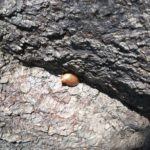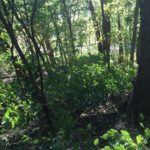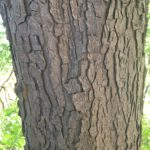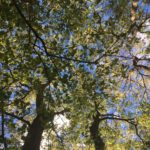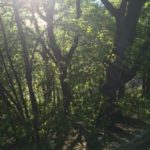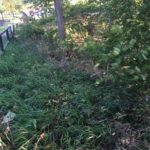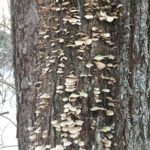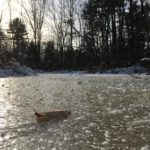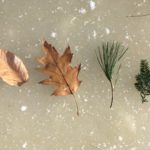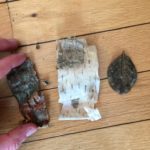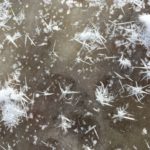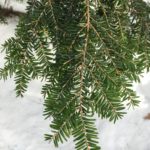Today was my last official phenology visit and the spring time seasonal changes are apparent on my site. It was a wet after a day of rain, leaving an aromatic smell of wet soil in the air. While on my site I saw a grey squirrel and saw/heard a number of birds. I observed many chickadees, mourning doves, and gulls flying over head.
I noticed that there were even more ferns and yellow throated lilies poking through the soil than last week. These two species are clearly the most dominant undergrowth species in the very shaded and moist environment.

Wood ferns and yellow throated lilies.
Another change to the landscape is noticeably increased amount of water lowing though the river. This makes me wonder if erosion and sediment flow is greater in the spring time due to the increased flow of water.
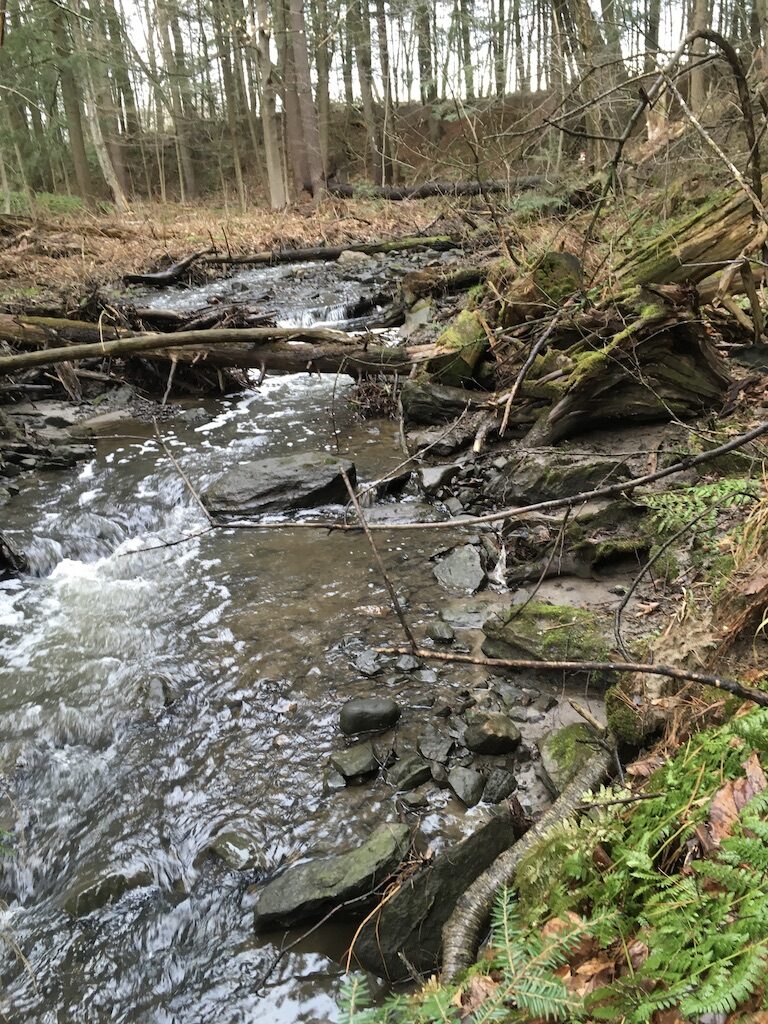
Nature and culture intertwine significantly on my site. The site is surrounded by different cultural borders. The field of the Aiken Forest Research Center sits to the East, a paved trail and large bridge border to the South, a neighborhood is to the North, a field with power lines sits to the West. These cultural factors fragment the natural area and create edge effects limiting the forest’s viability as habitat for some species yet supporting it for other species. I have seen trash haphazardly left outside the neighborhood and blown into my site. This could harm the animals living there and will pollute the area if left unattended. A positive interaction between my site and the abutting neighborhood is bird feeders and sequential bird watching that happens on the back yards of these houses. This supports bird populations, draws them into the area, and offers a connection between humans and the nature in their backyard. Another interesting intersection is the noise from the nearby highway penetrating the site. I wonder if this affects some of the species that frequent the site. Another intersection if the materials that the river brings flowing into the site. I have tracked a tributary of this river that runs directly through a nearby farm. If this farm uses any pesticides or insecticides it is likely that they run off into the river and flow through my site. These toxins could impact the species in the river, bioaccumulate through the trophic levels of other species on the site and even into humans eventually.
I do consider myself part of my place because I have grown intimately with it over the past semester. I know things about the place that could only be realized after months of patient observing. With that being said, I am a very removed and distanced observer of the place and nothing more. I have not affected any change on the place my self or take part in any of its systems.
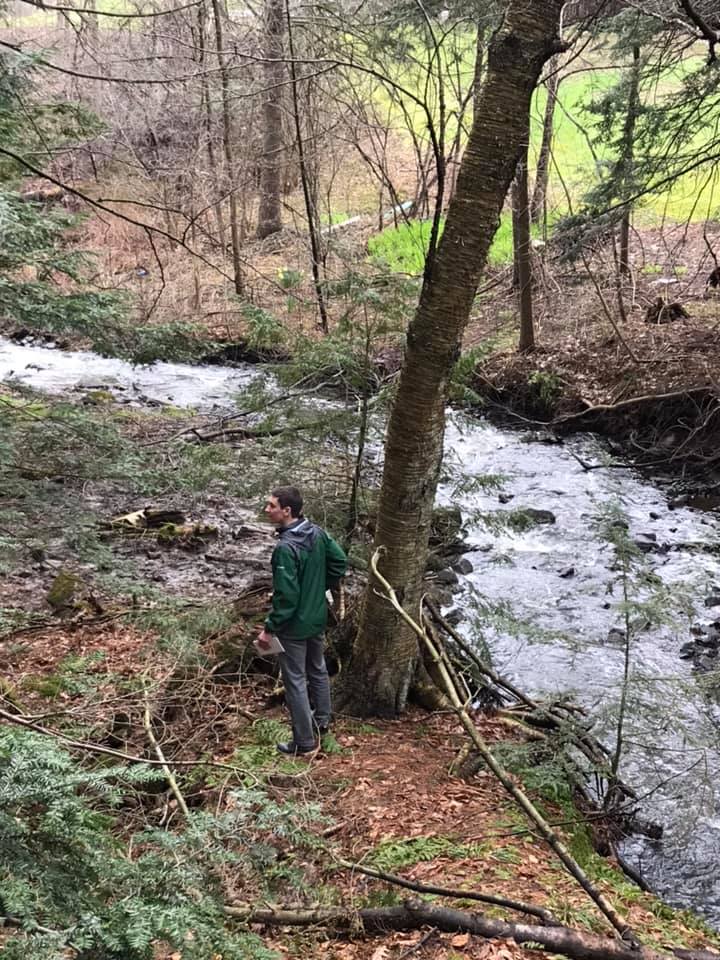

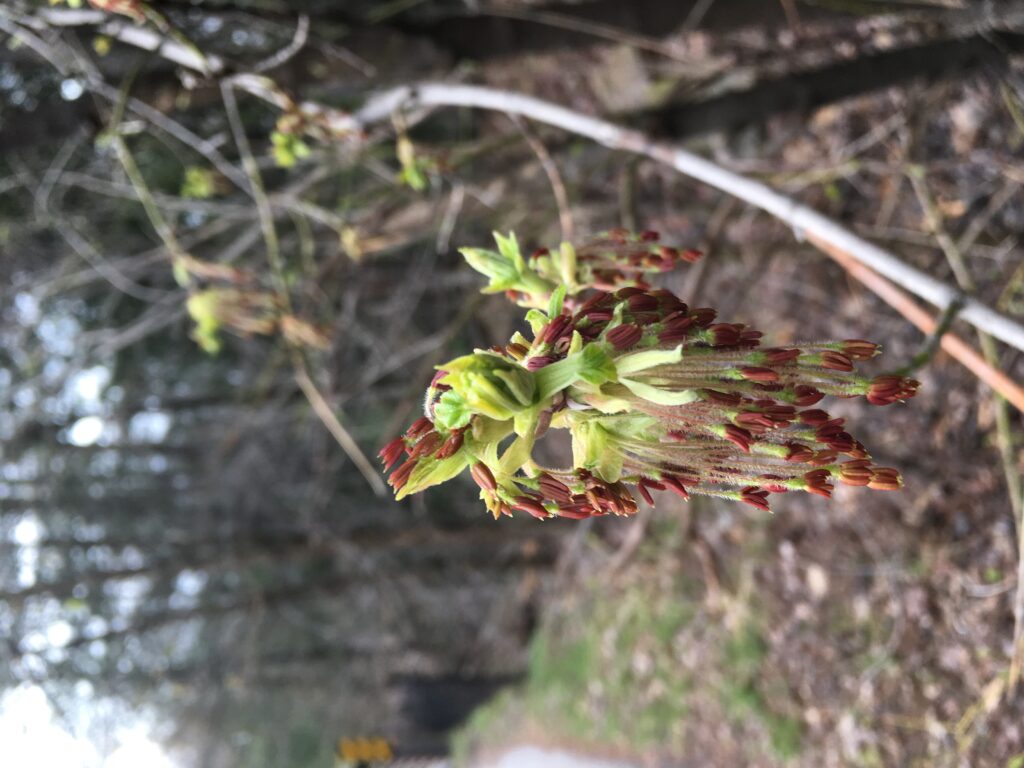
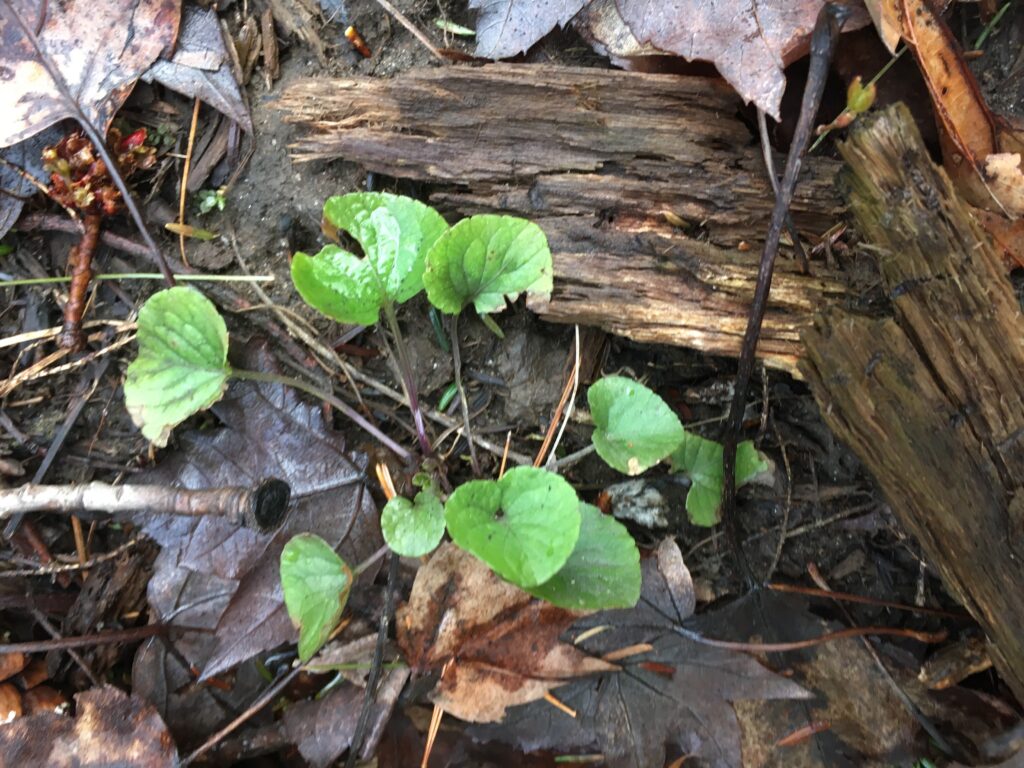
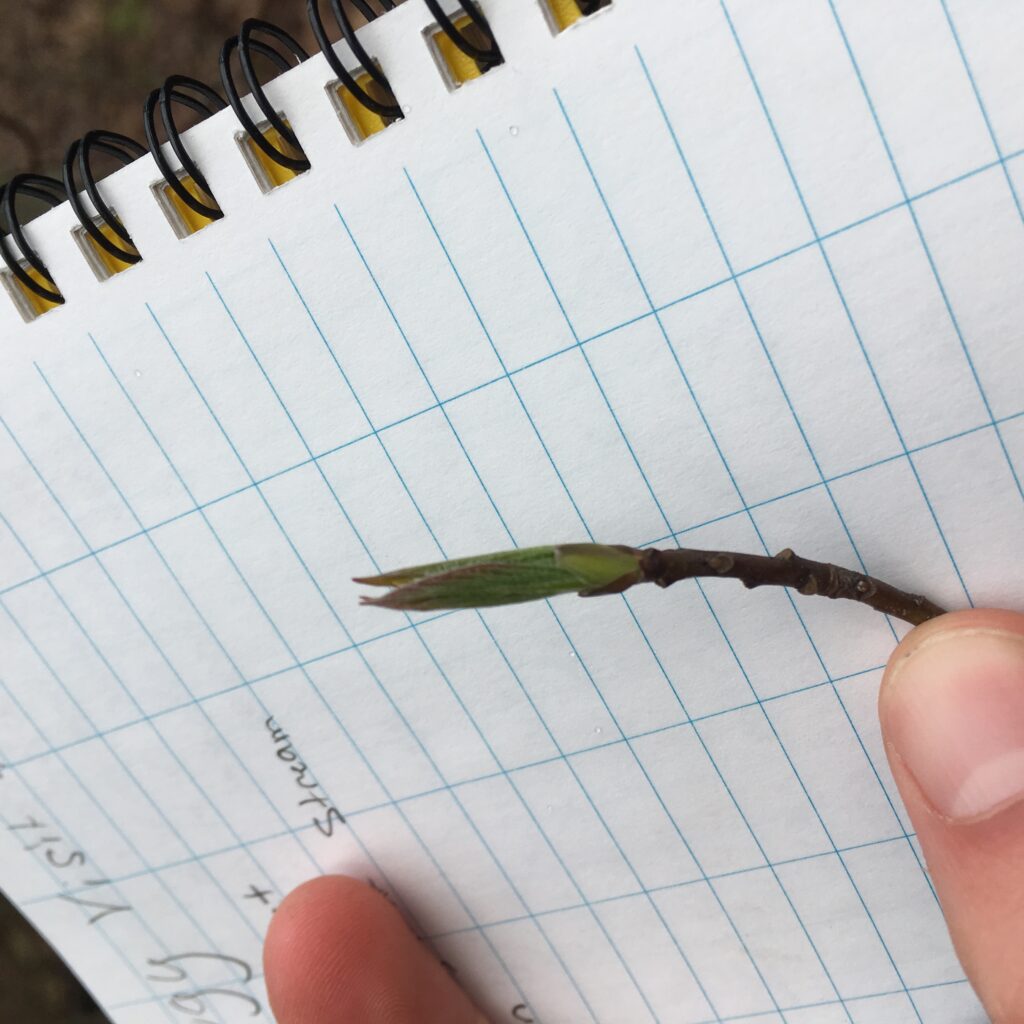

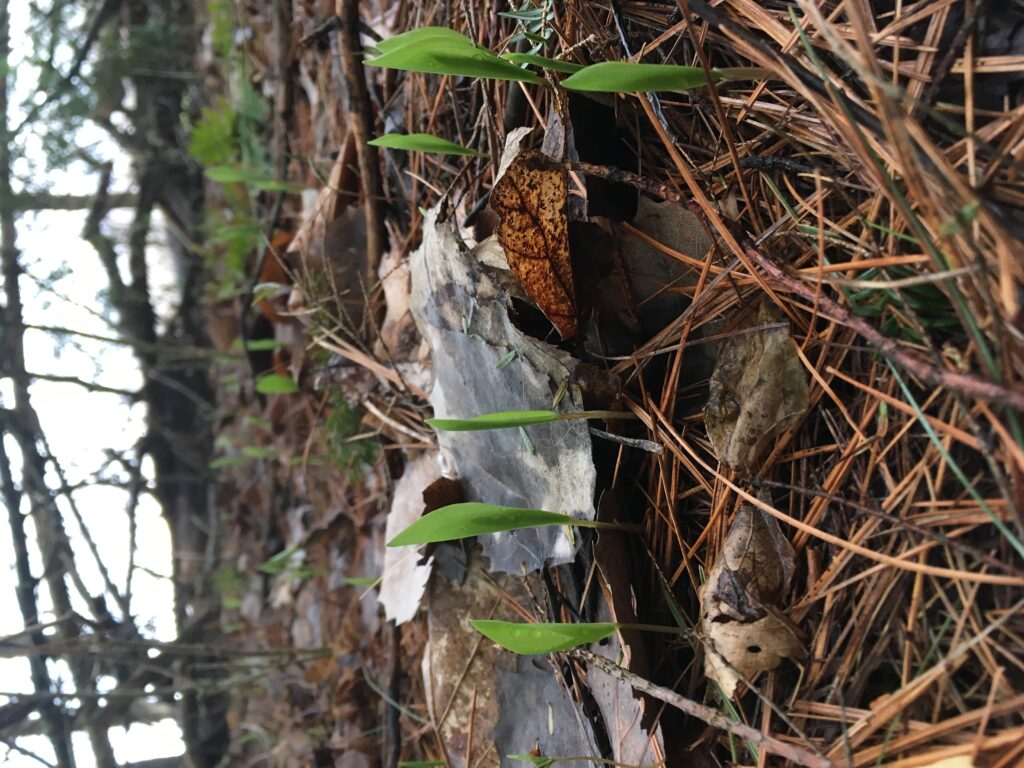

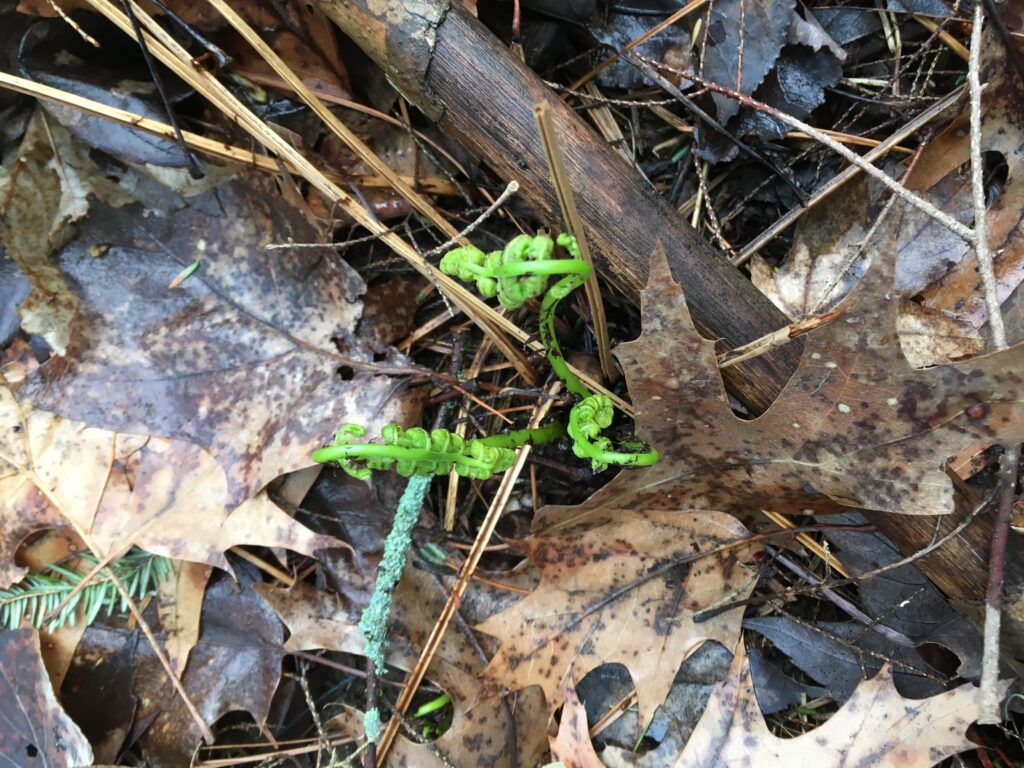
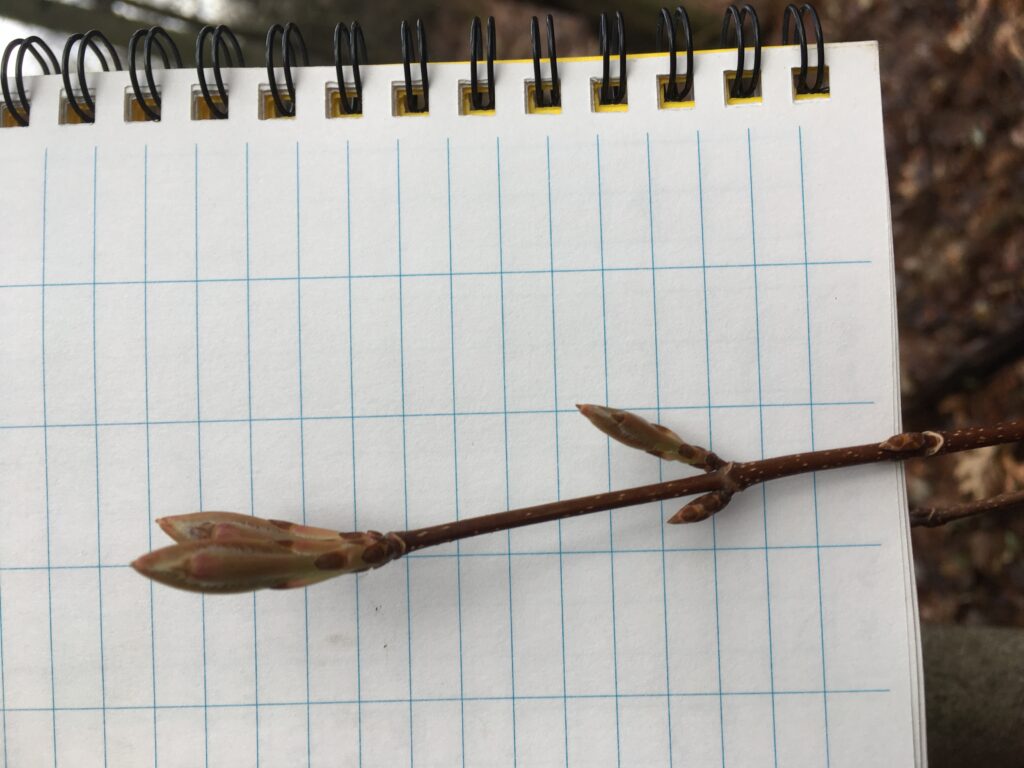
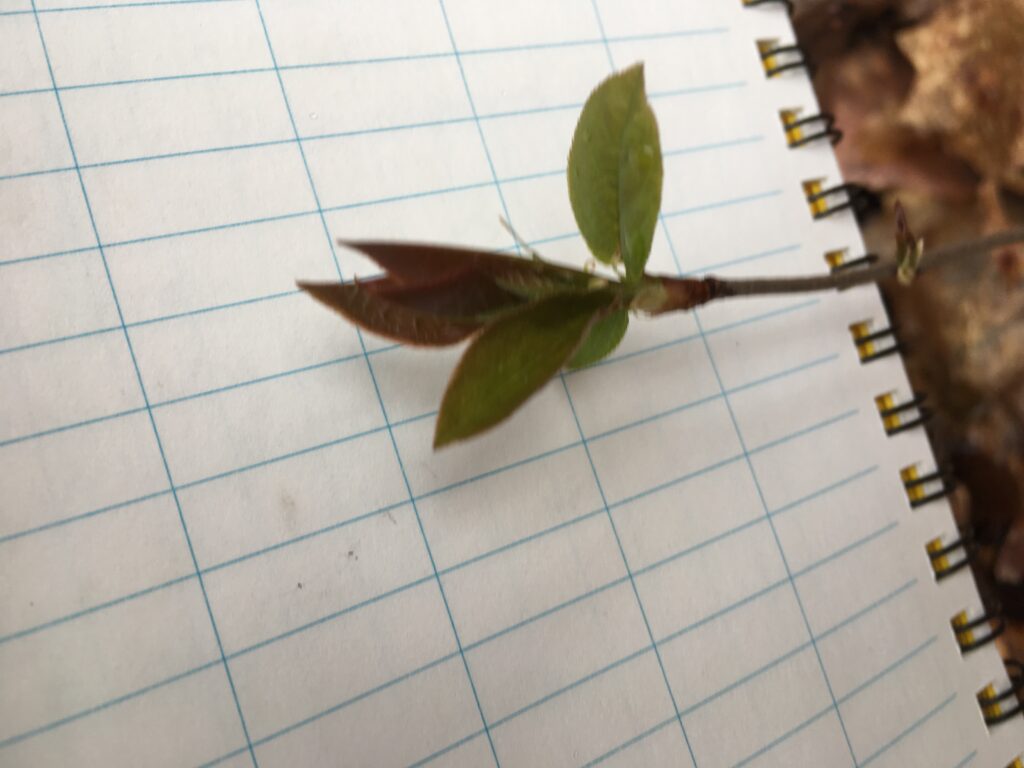
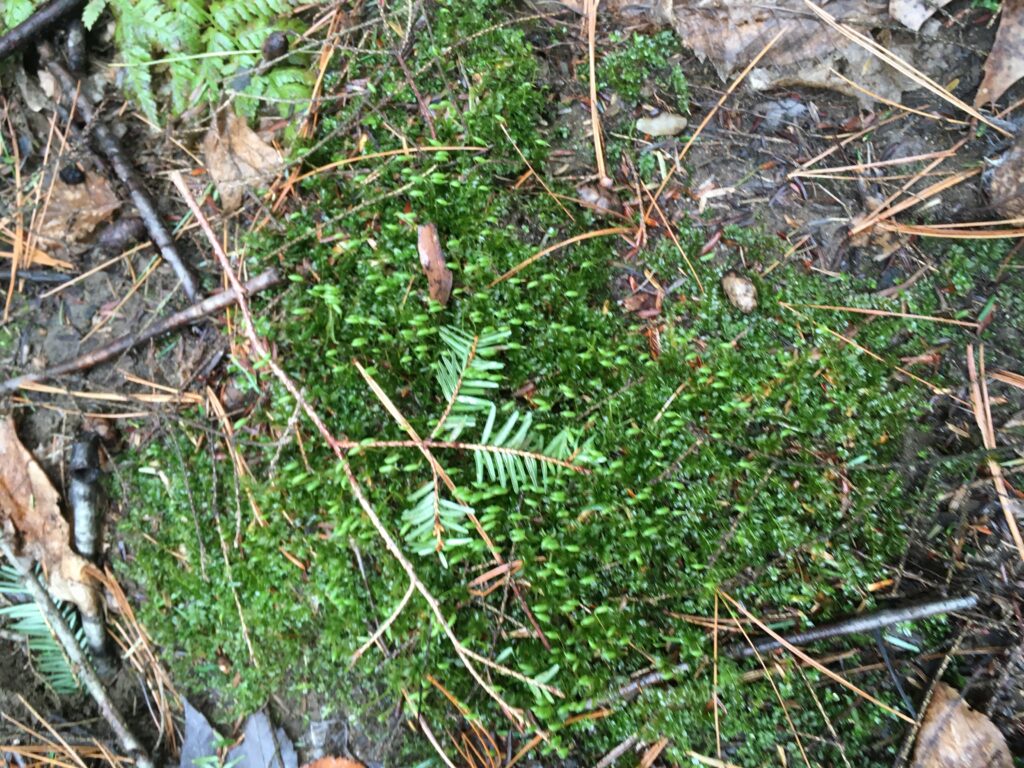
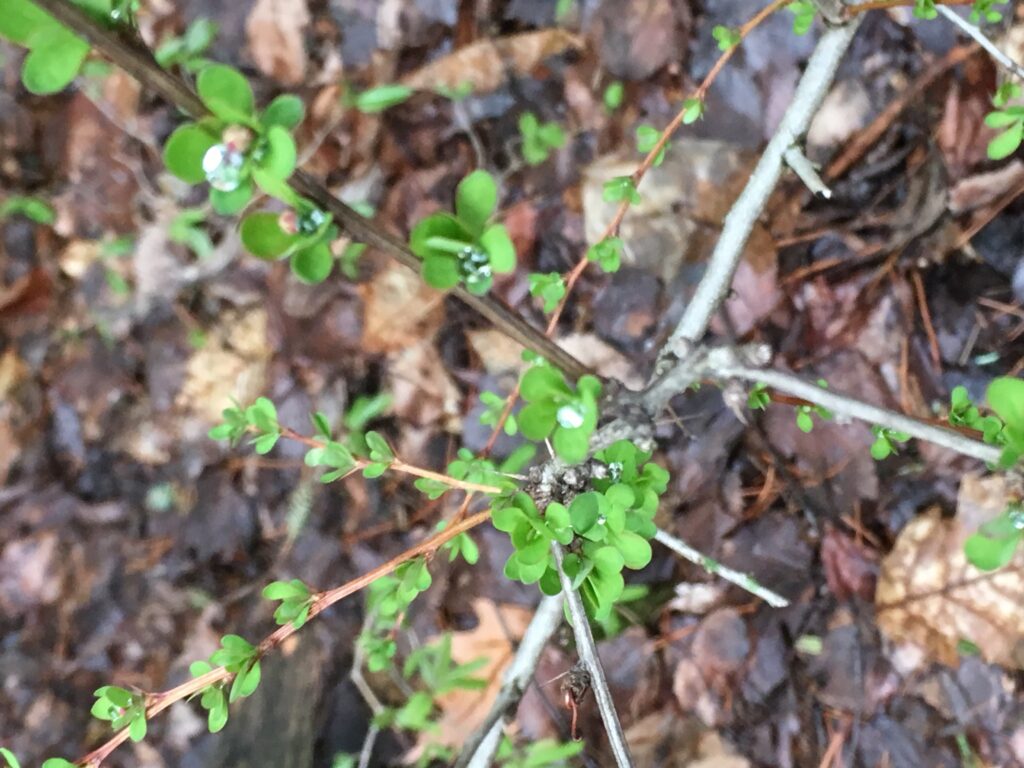
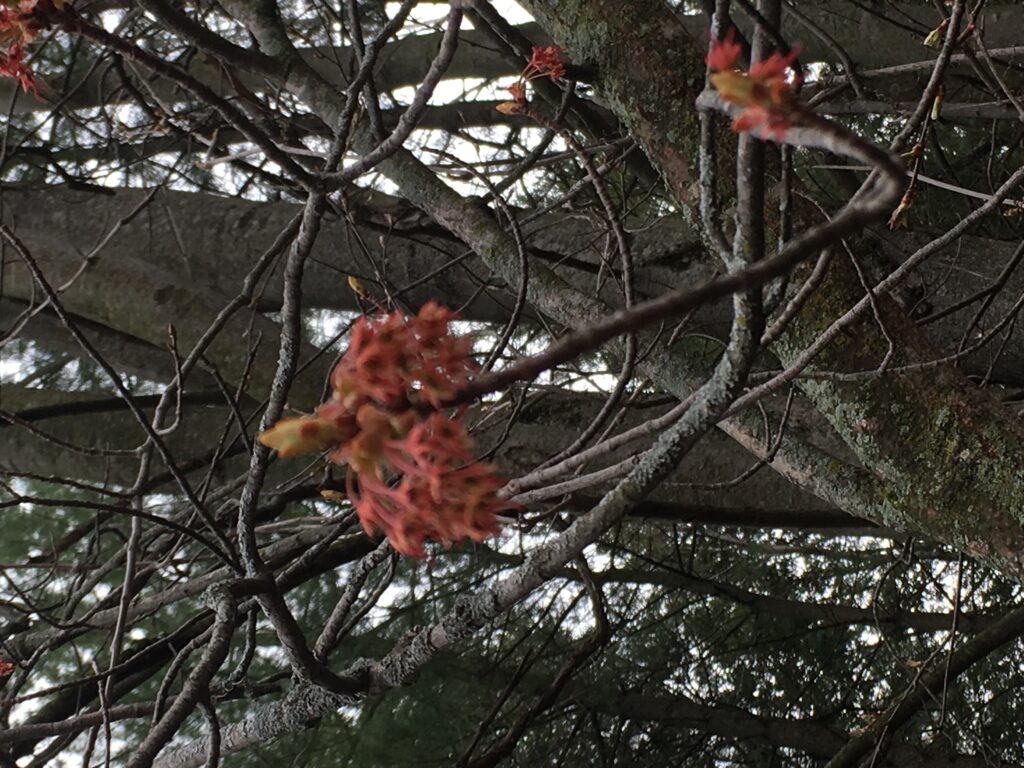

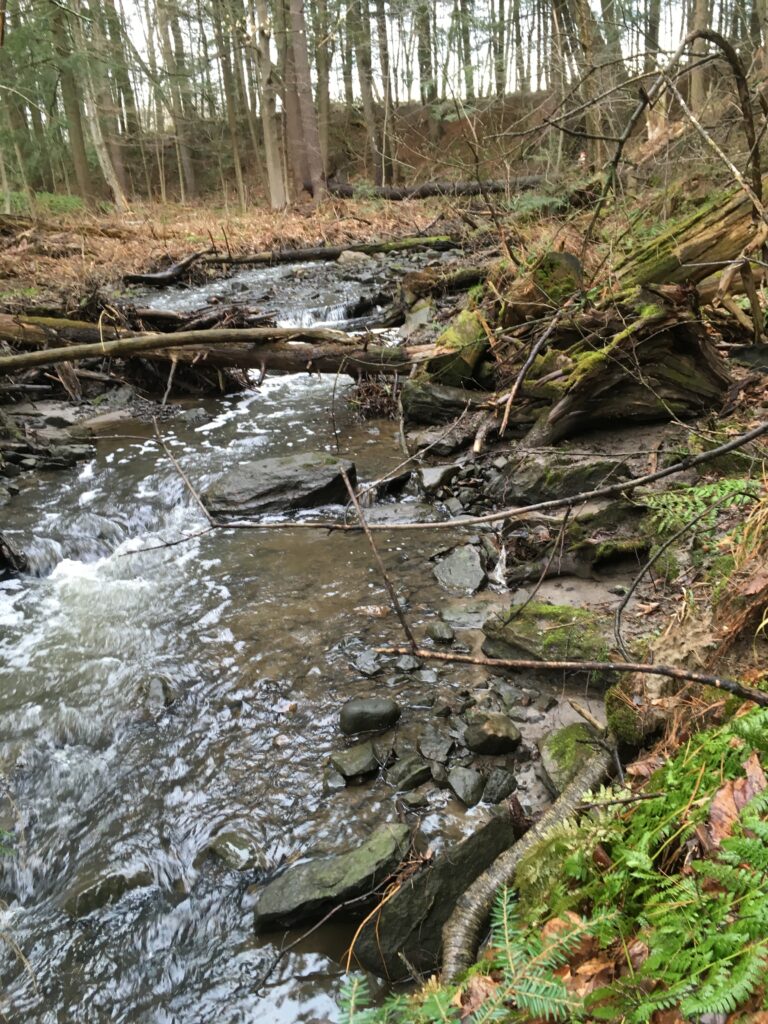
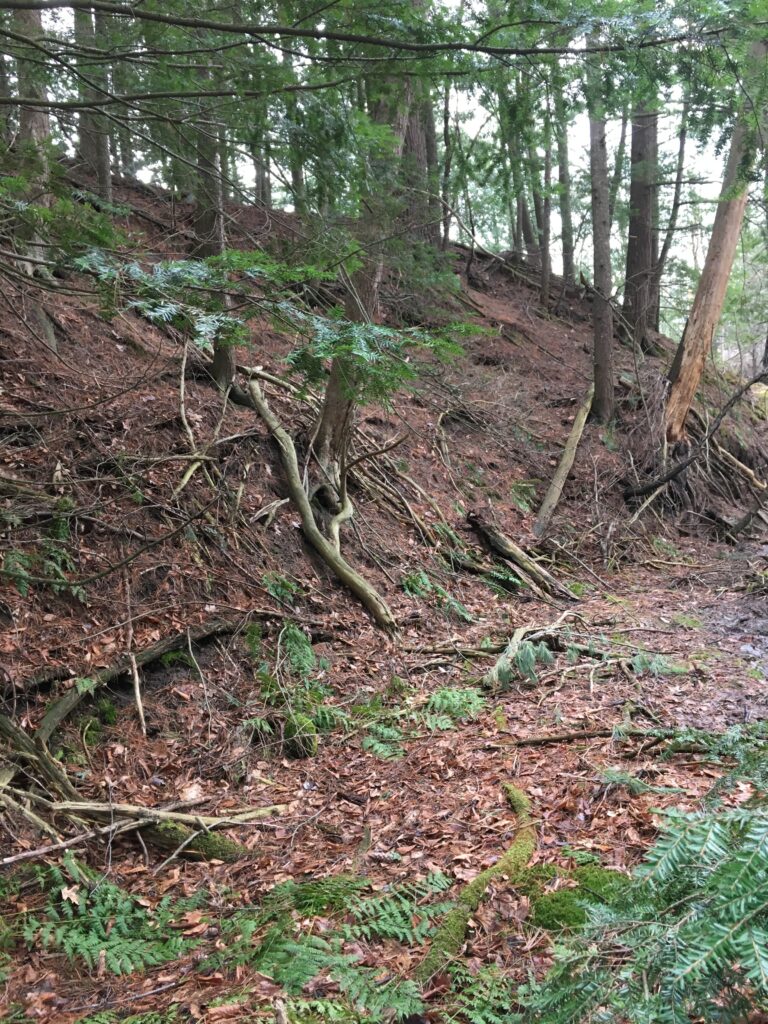
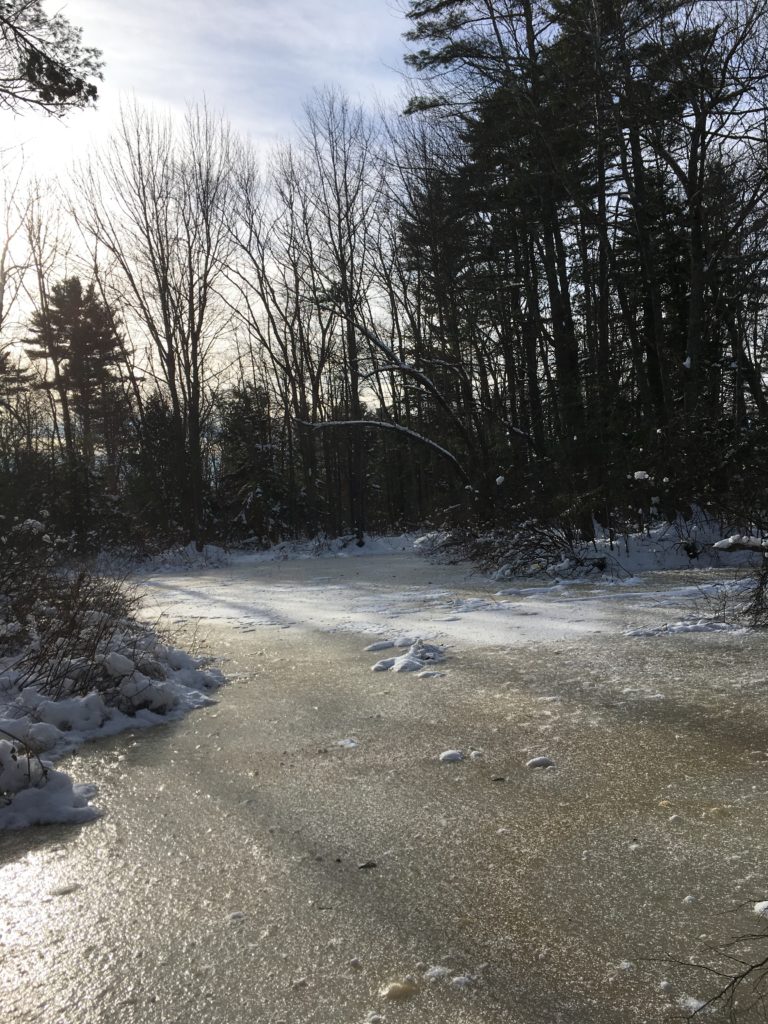
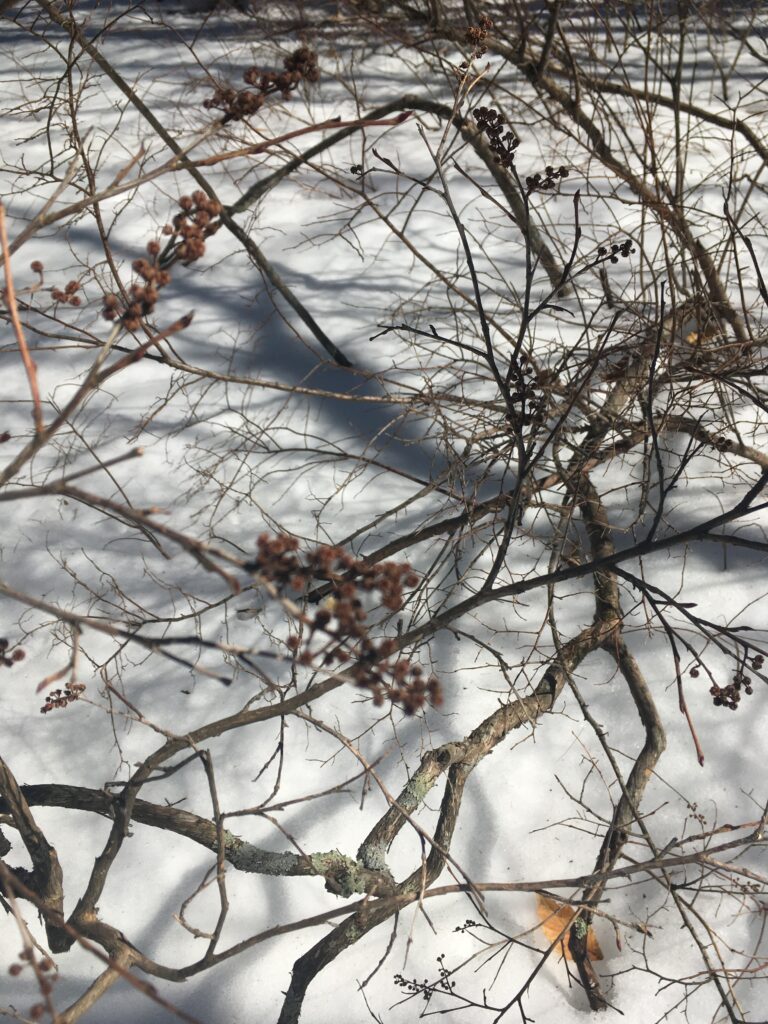
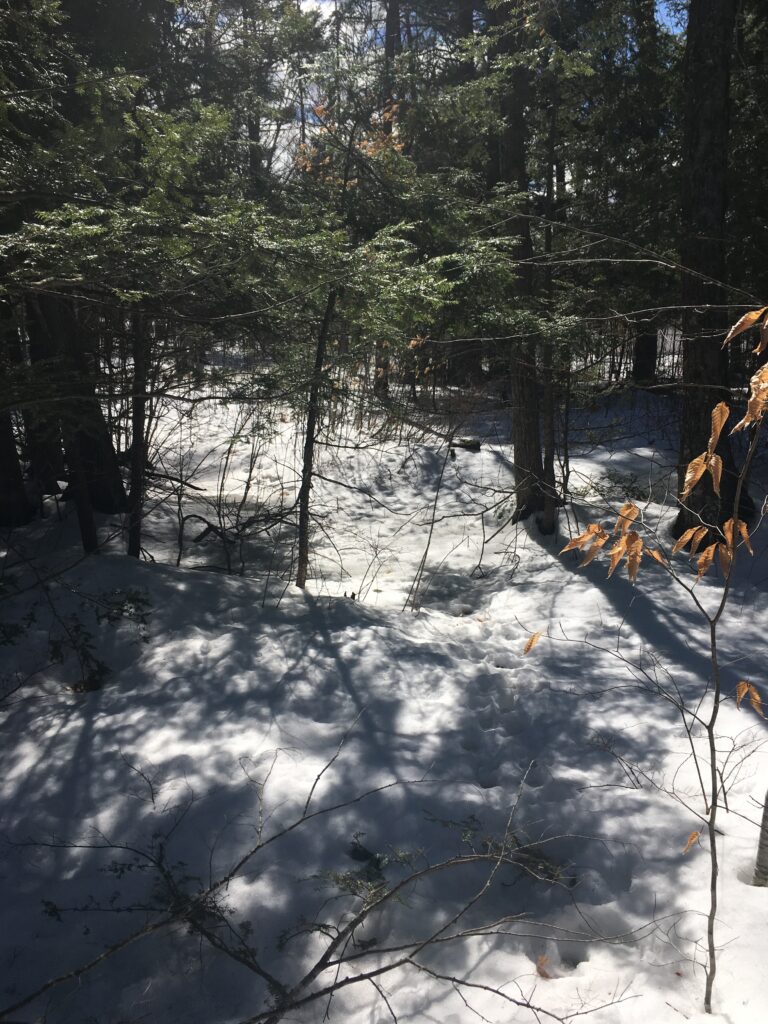
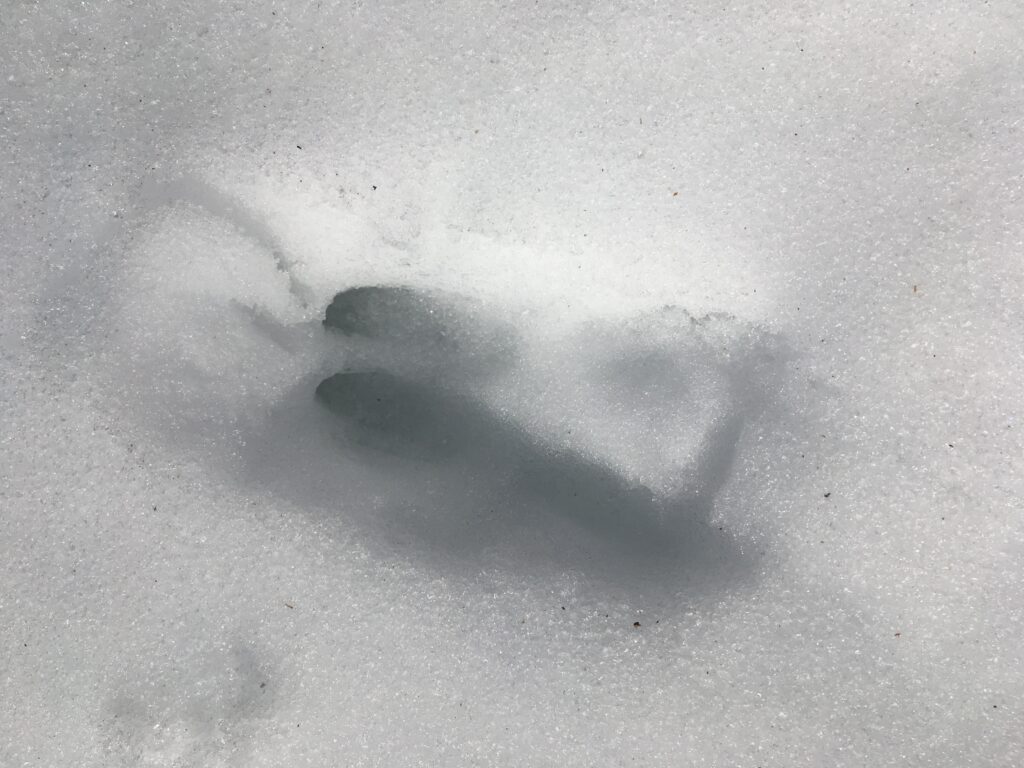

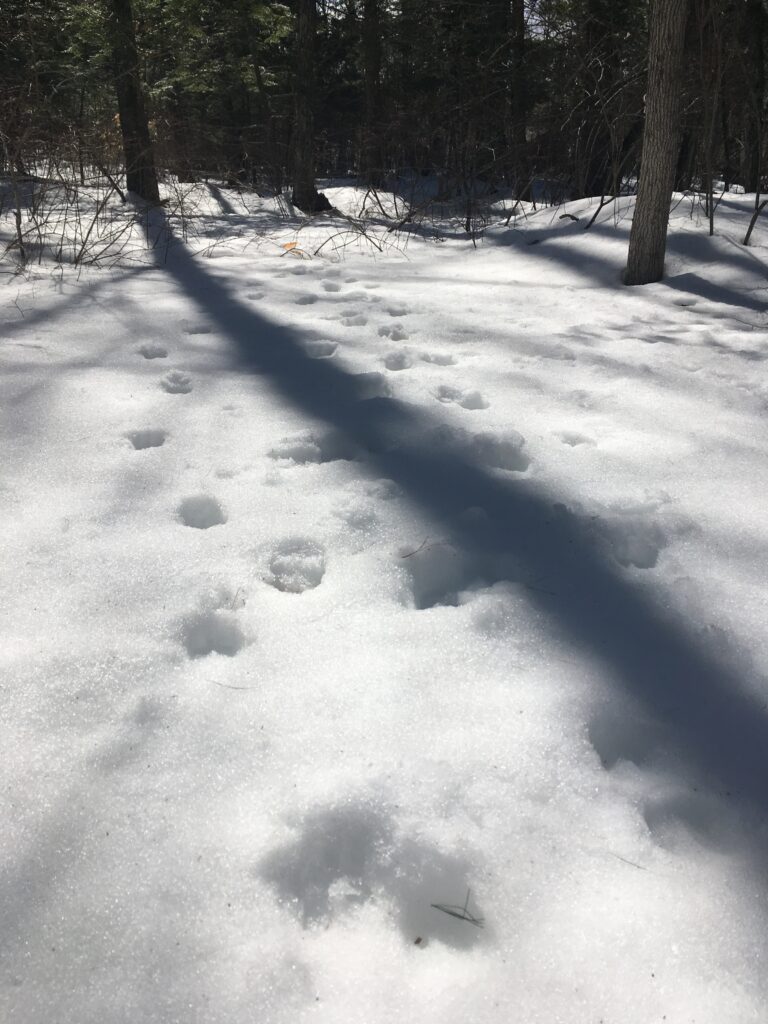

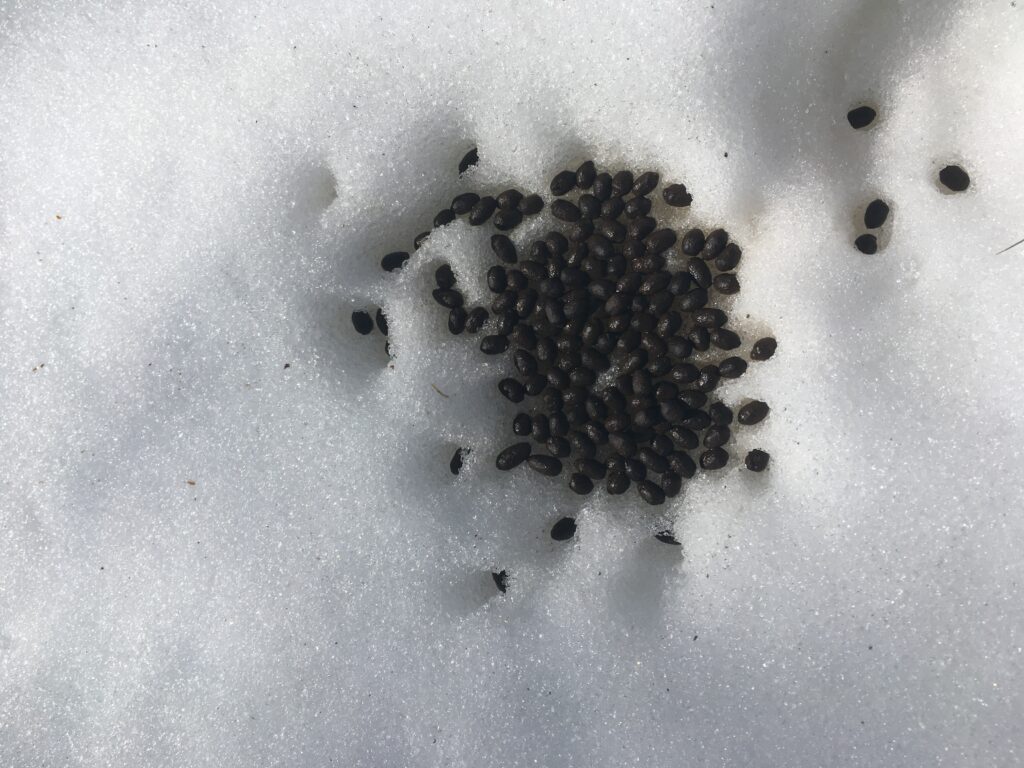
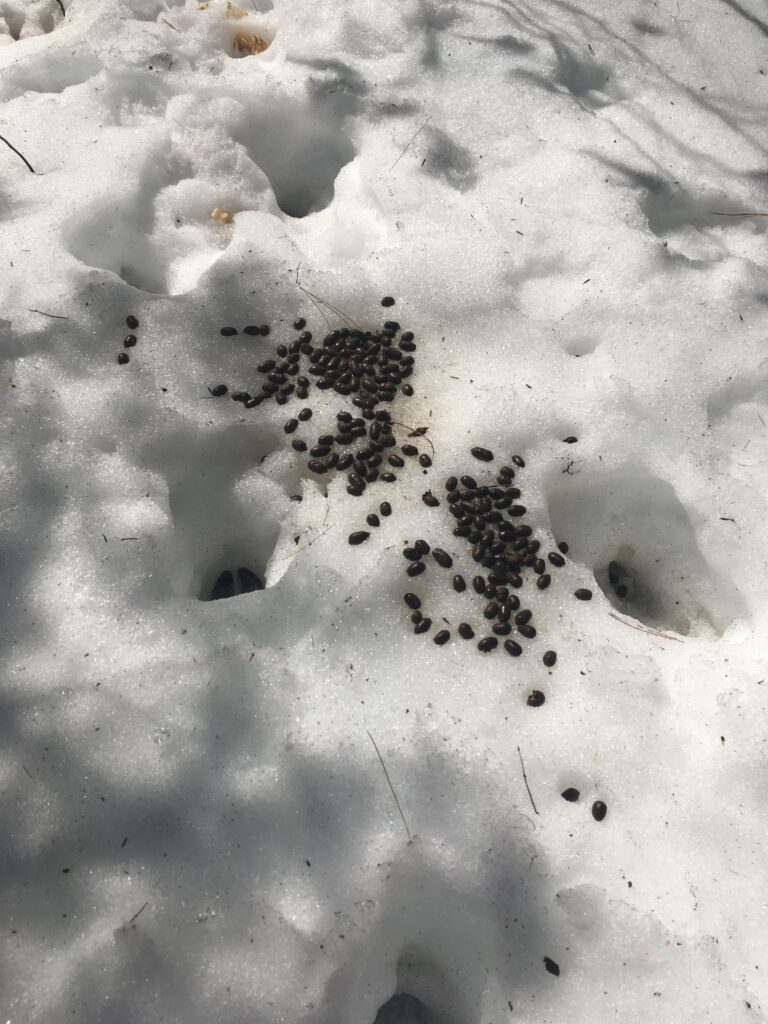
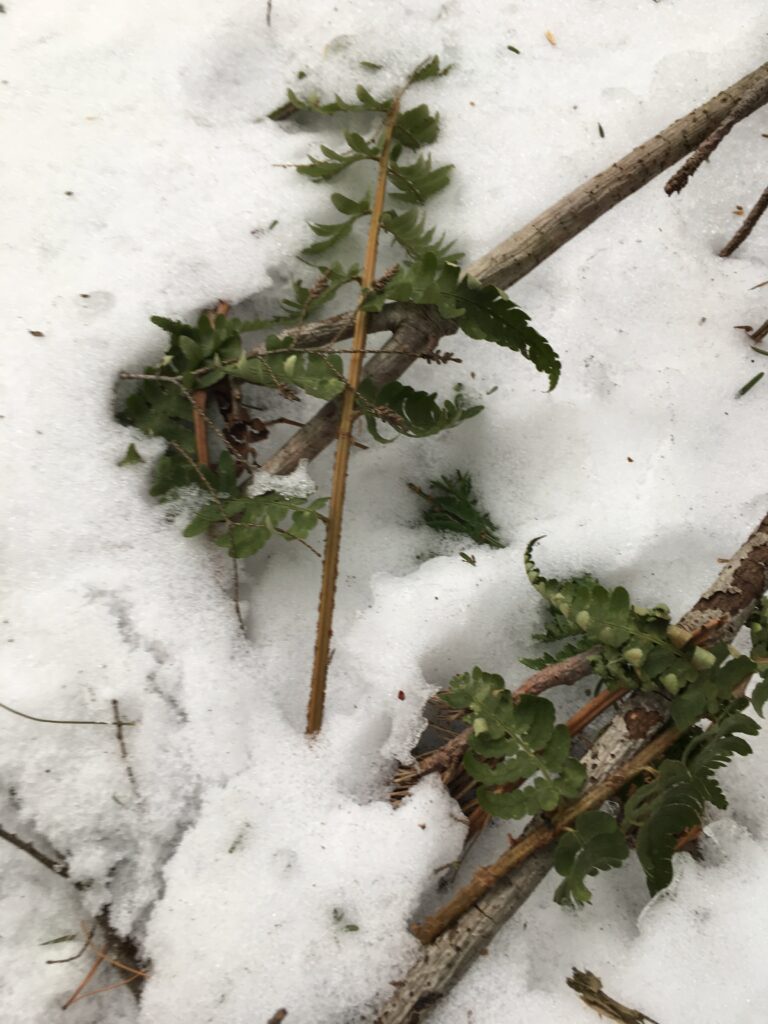
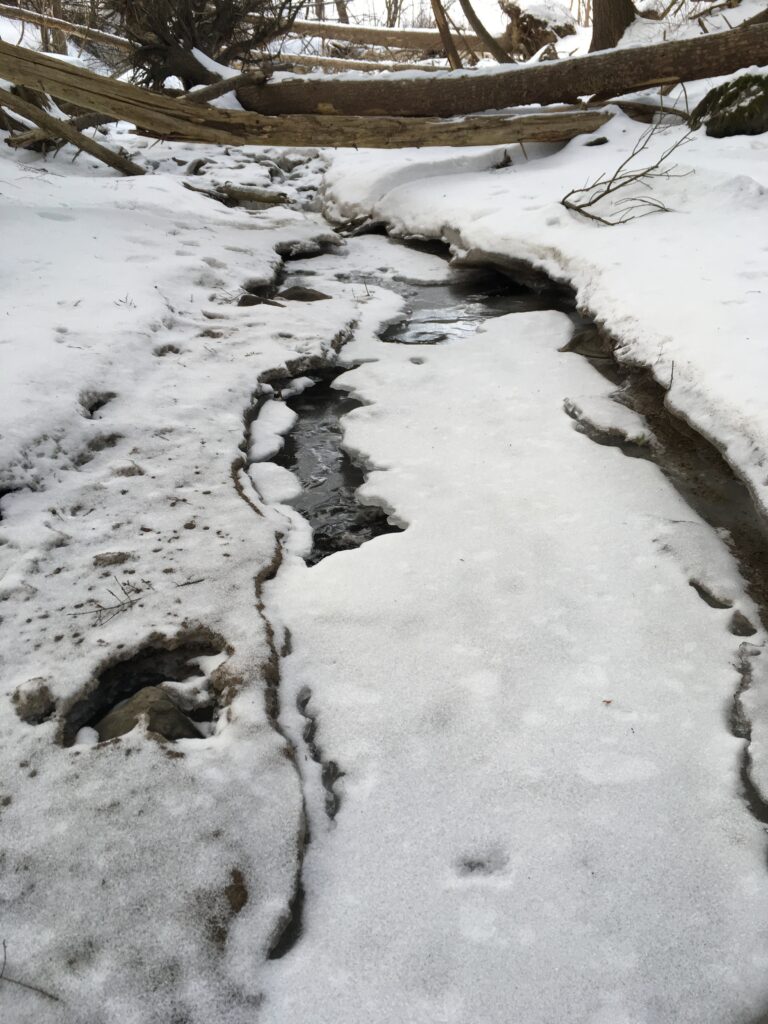

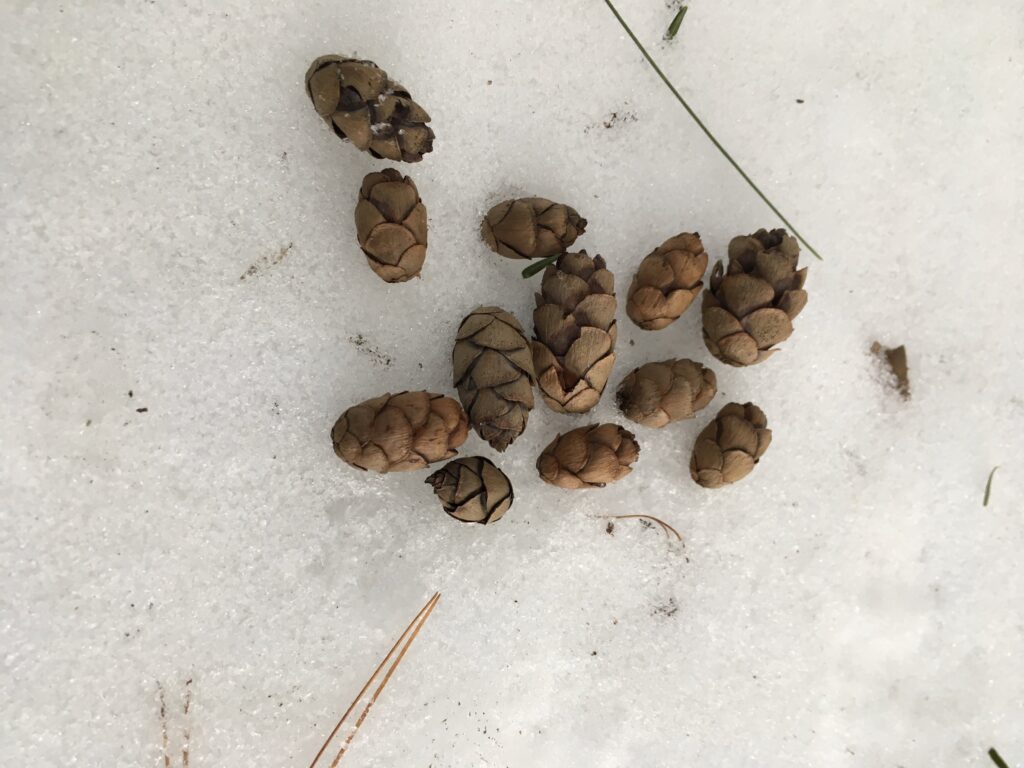

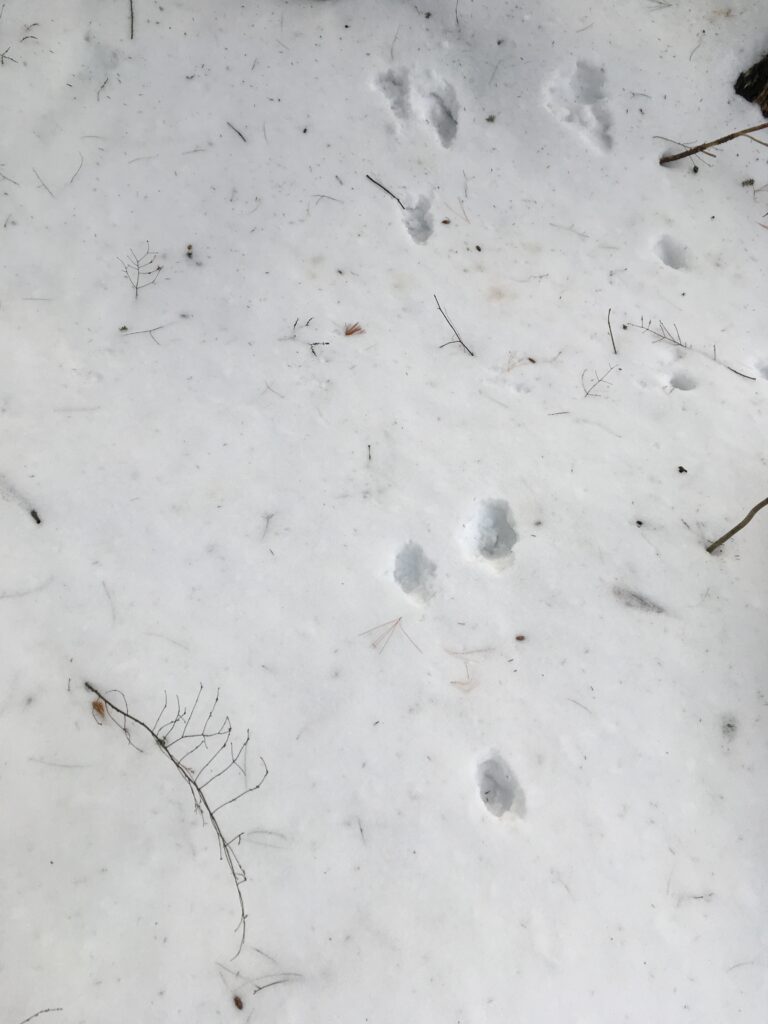
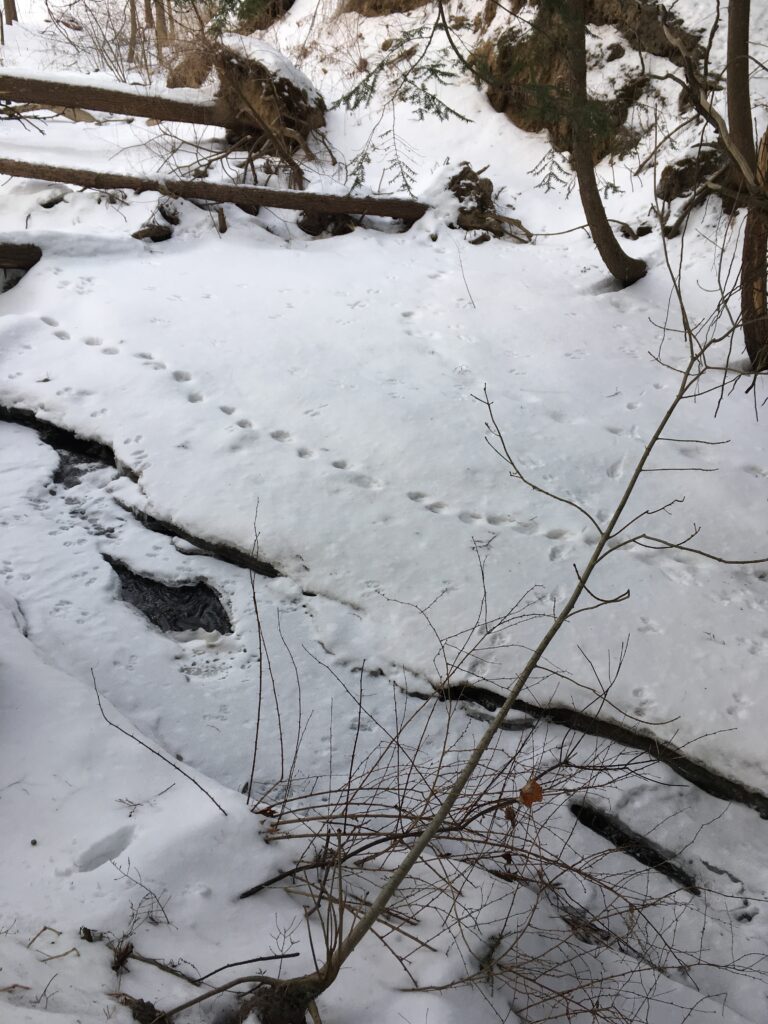
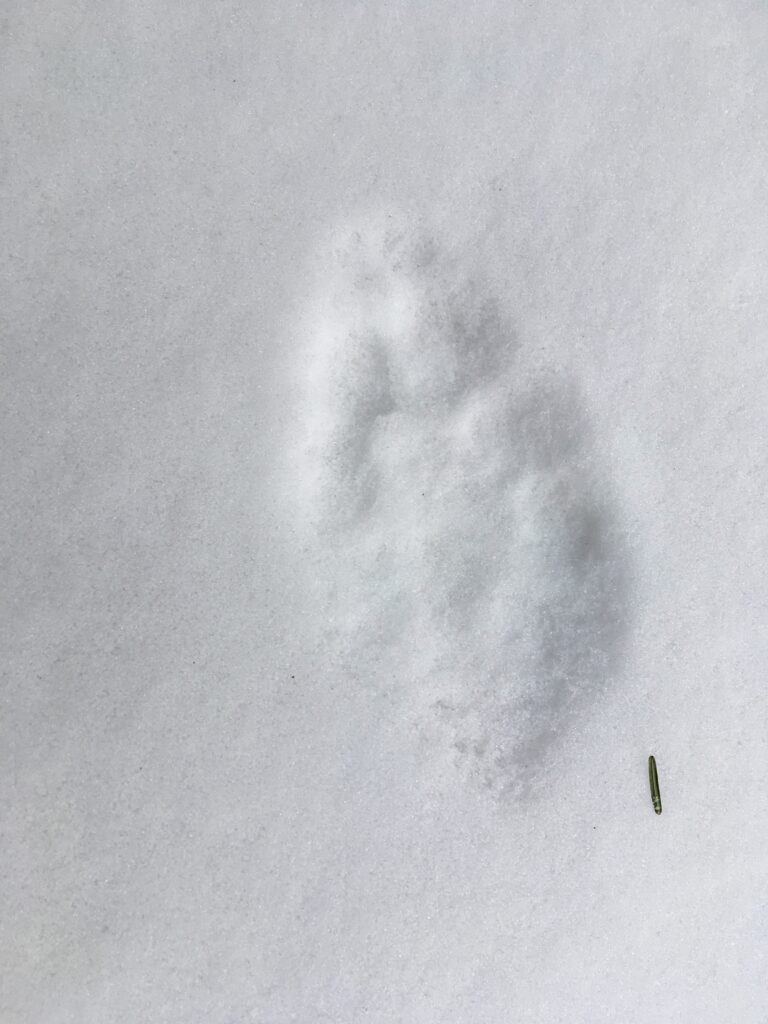
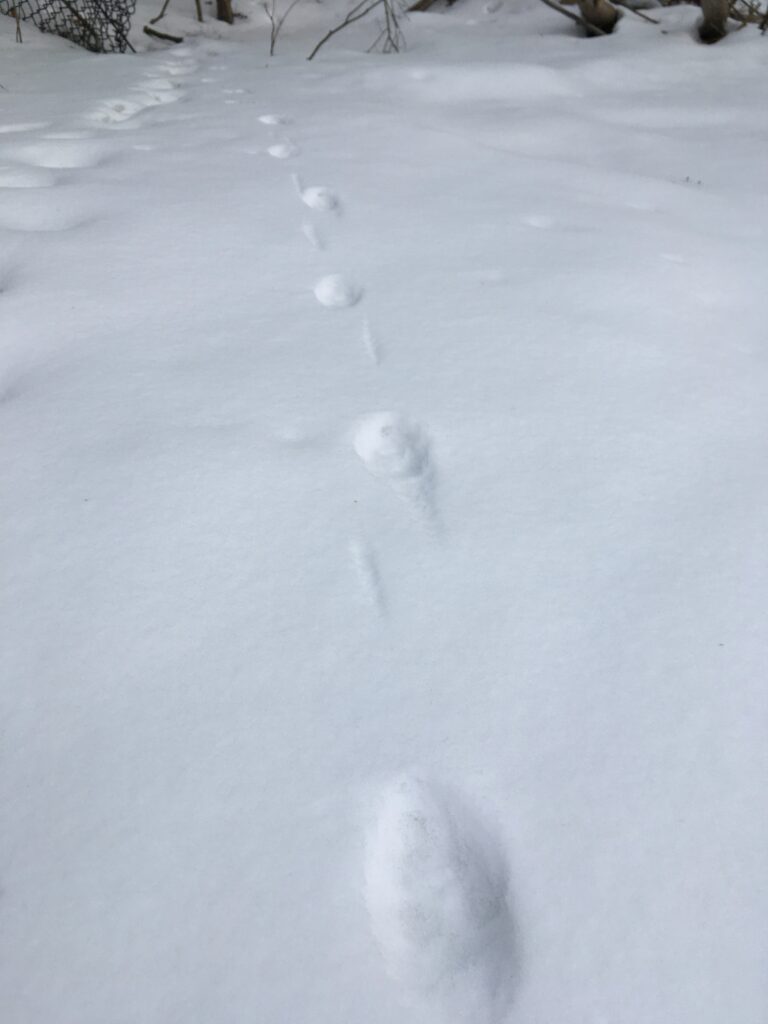
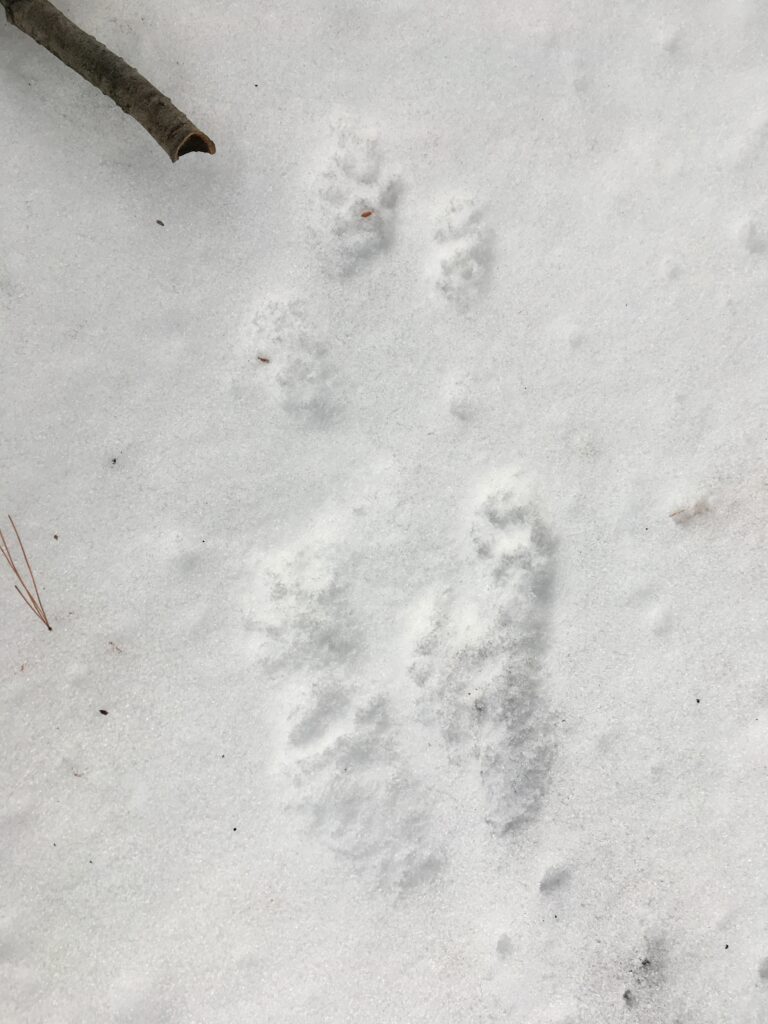
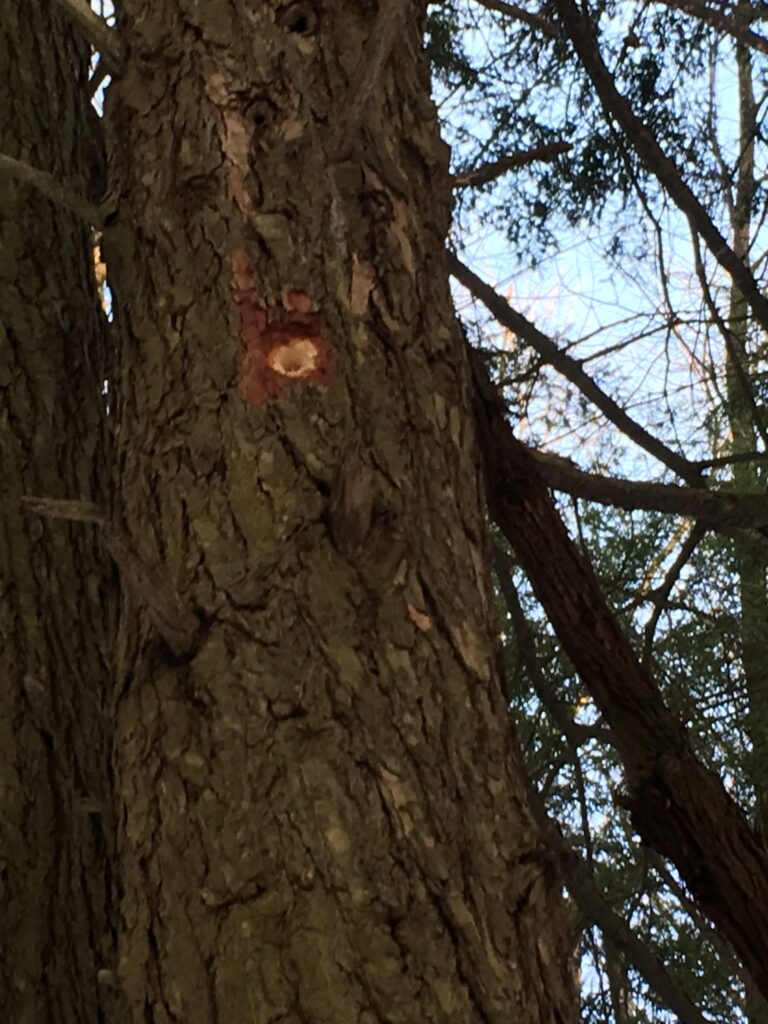
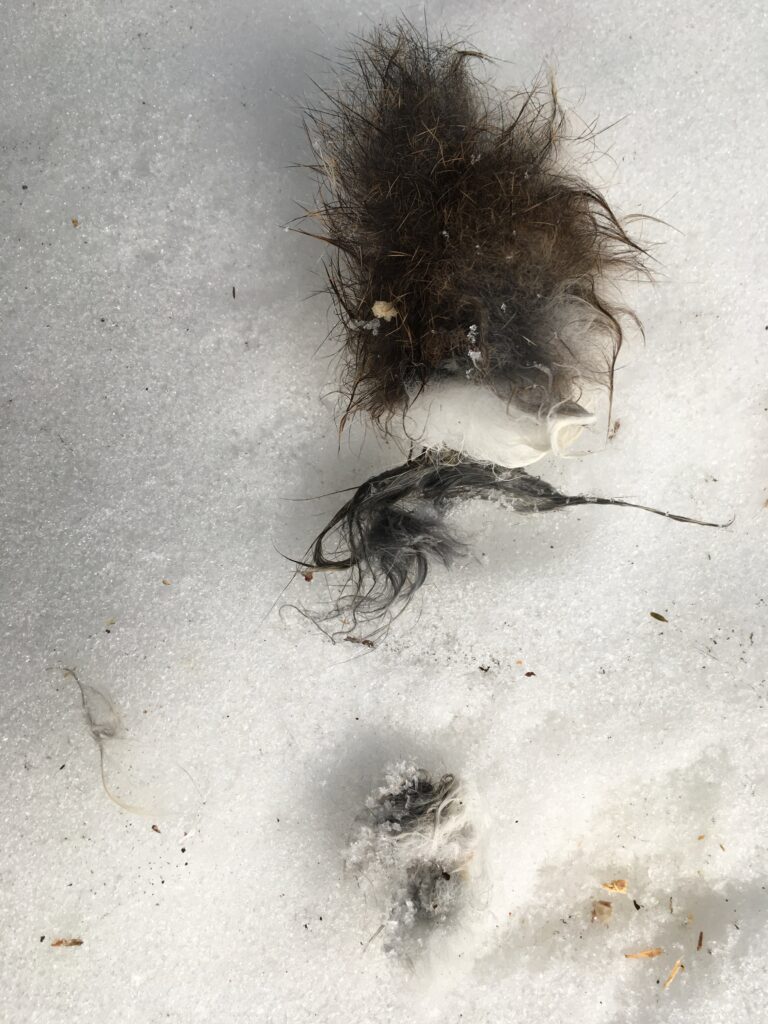
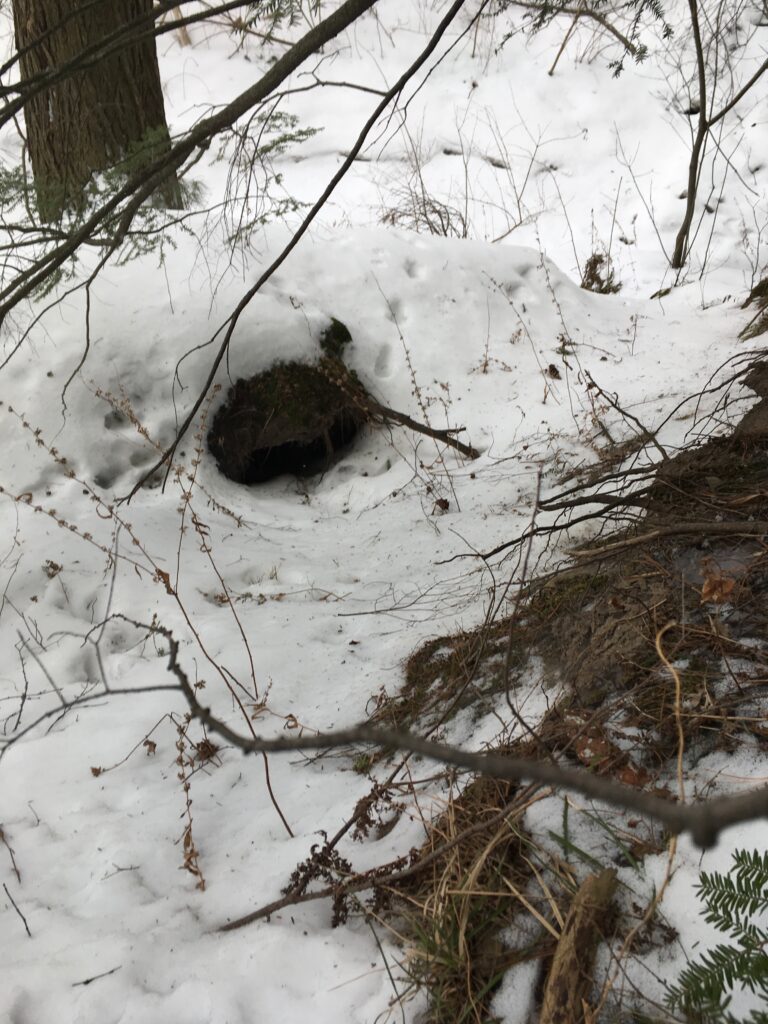
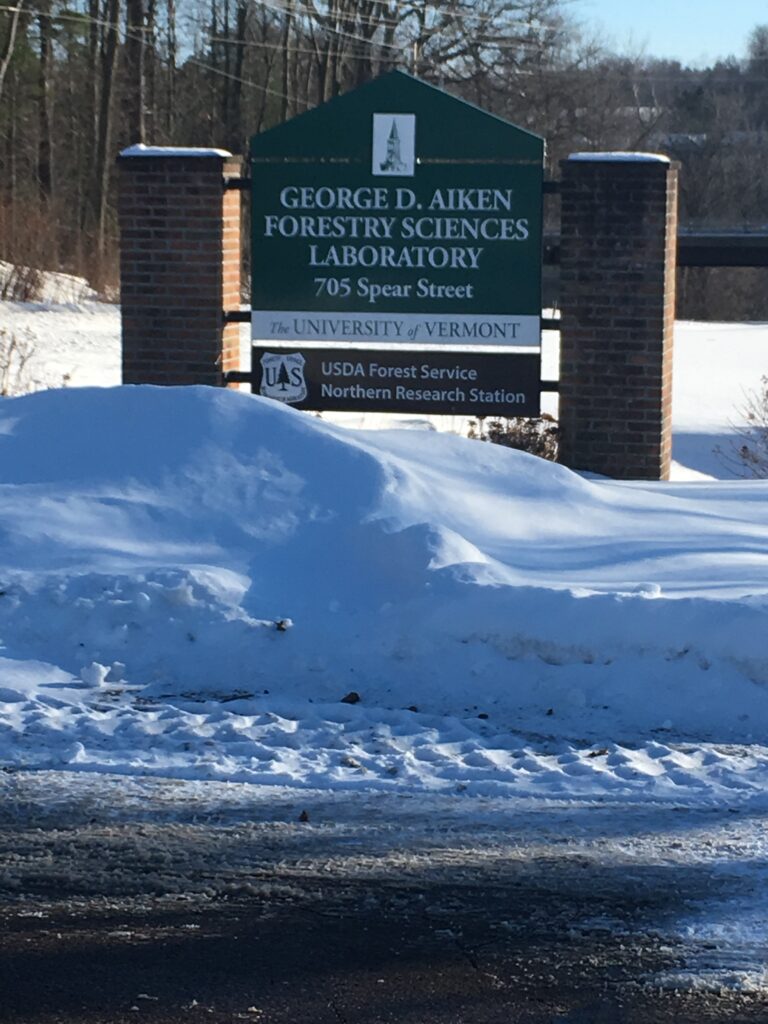
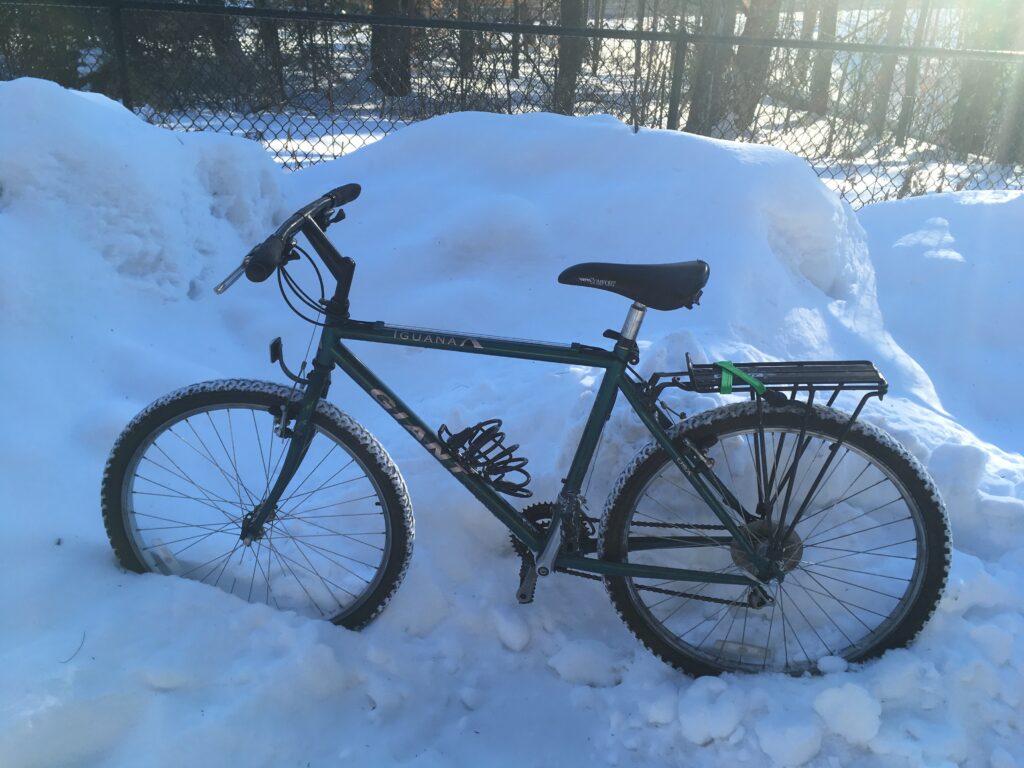
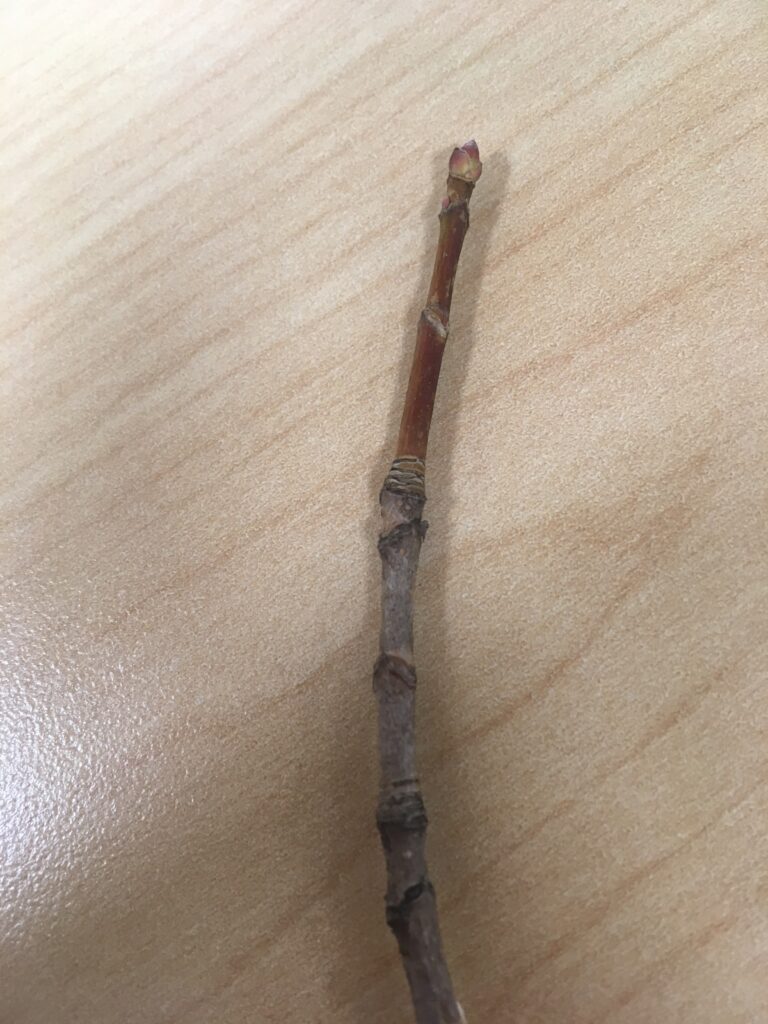


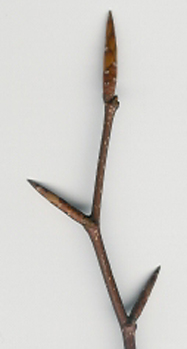
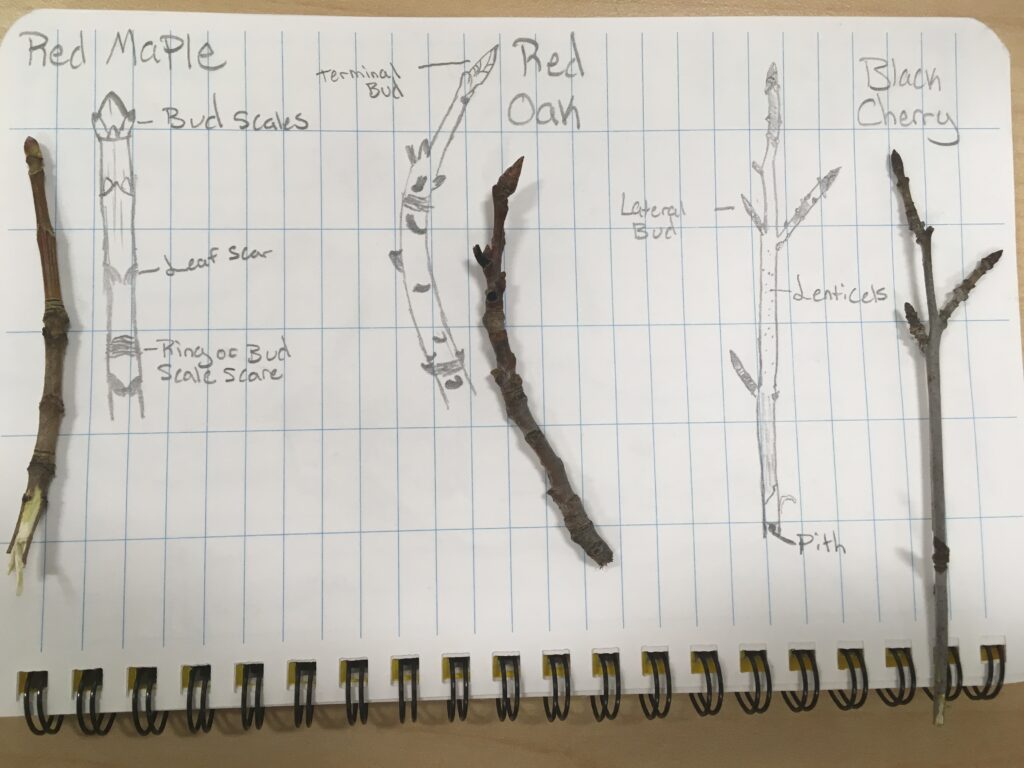

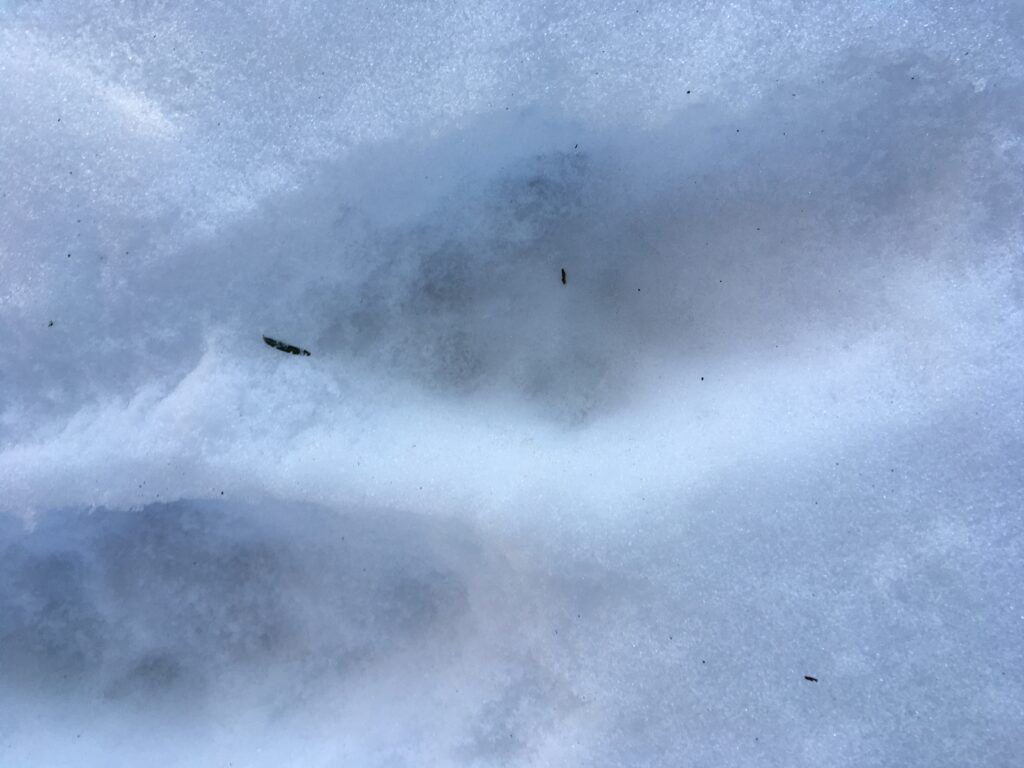
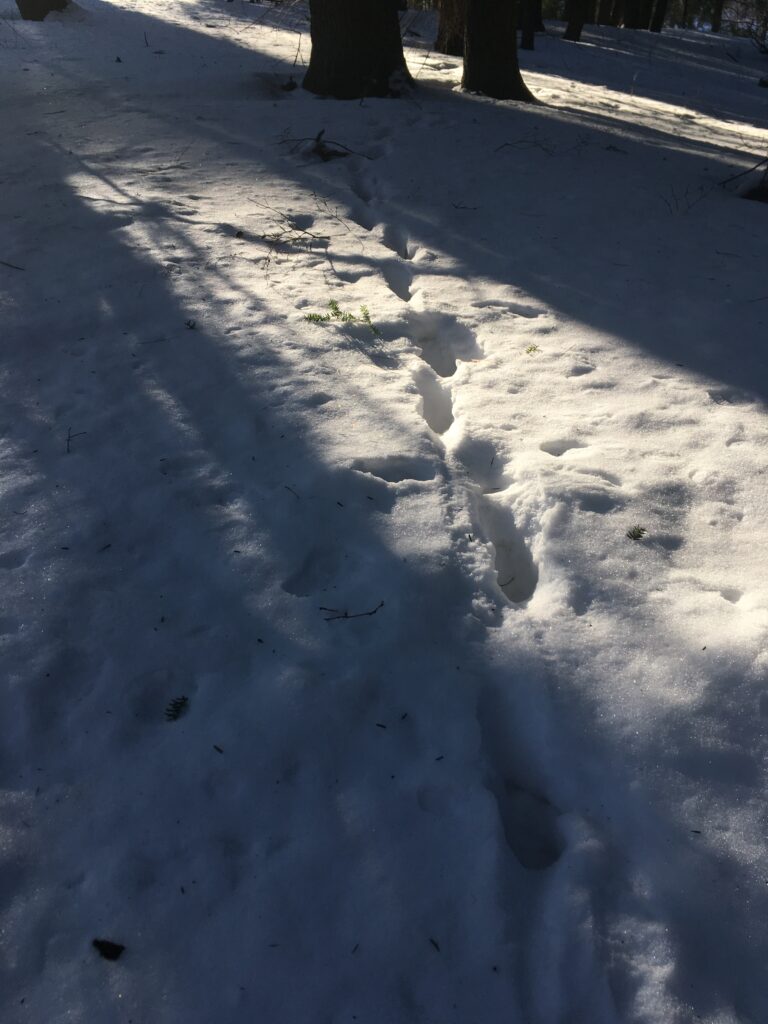
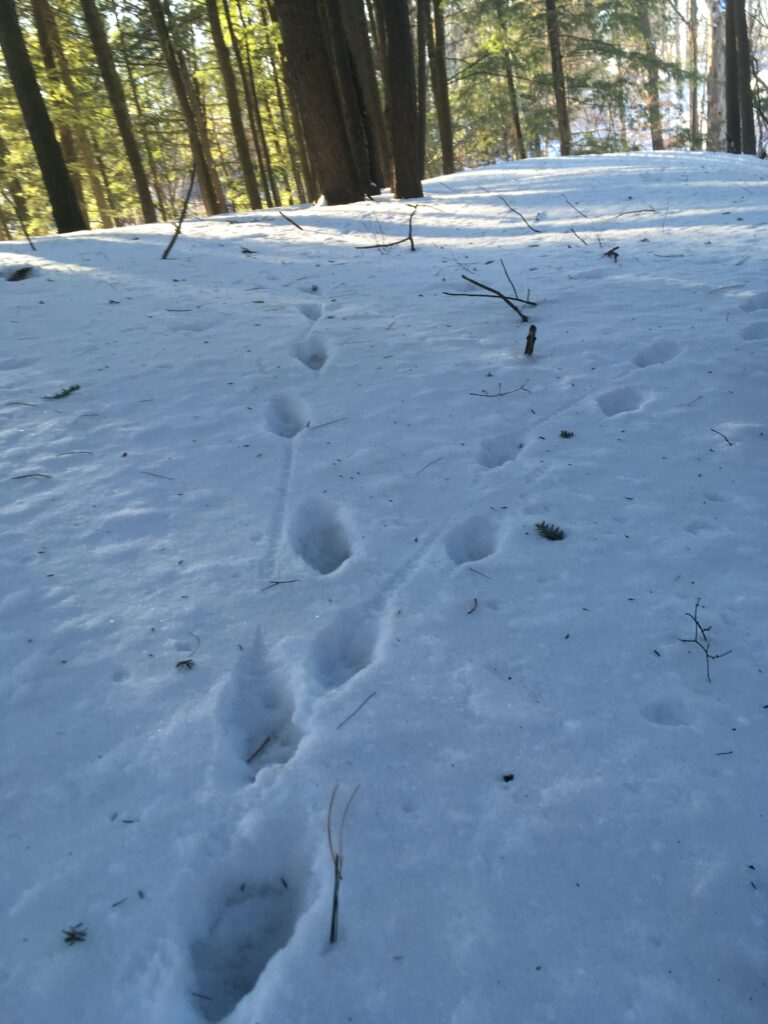
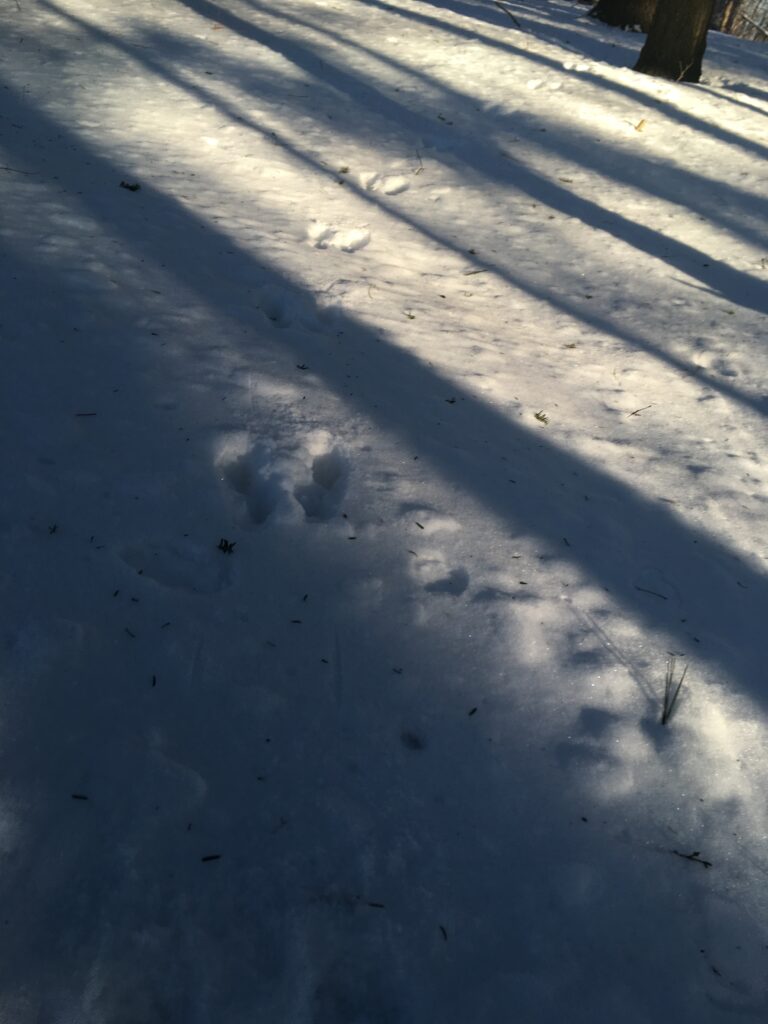
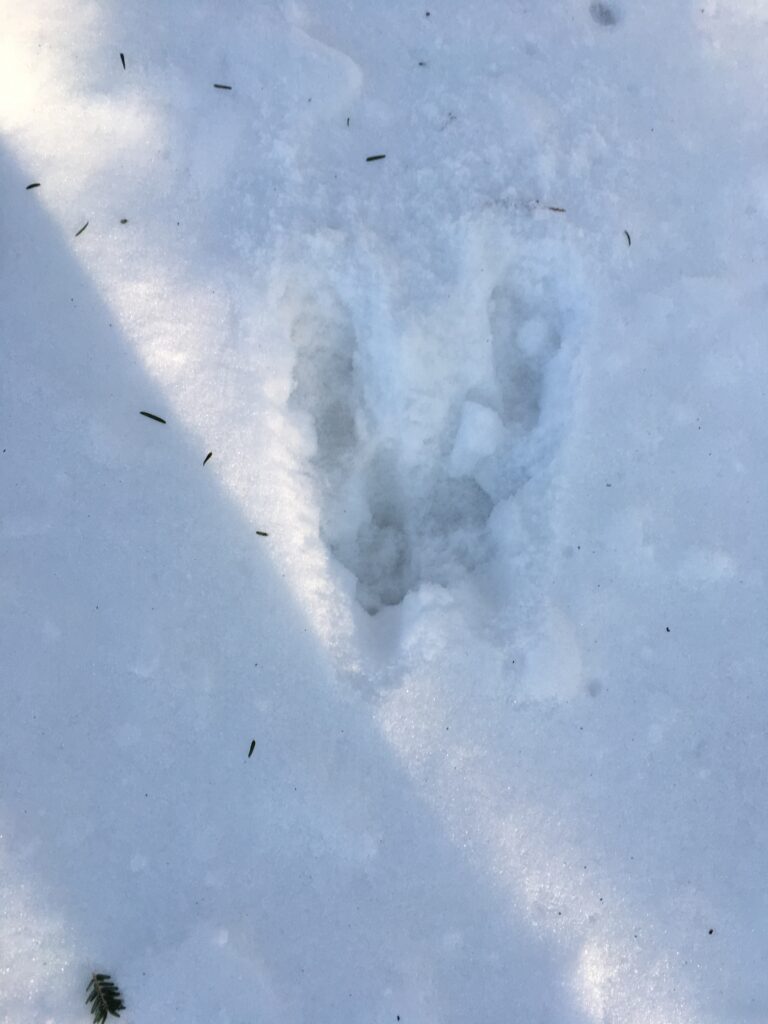

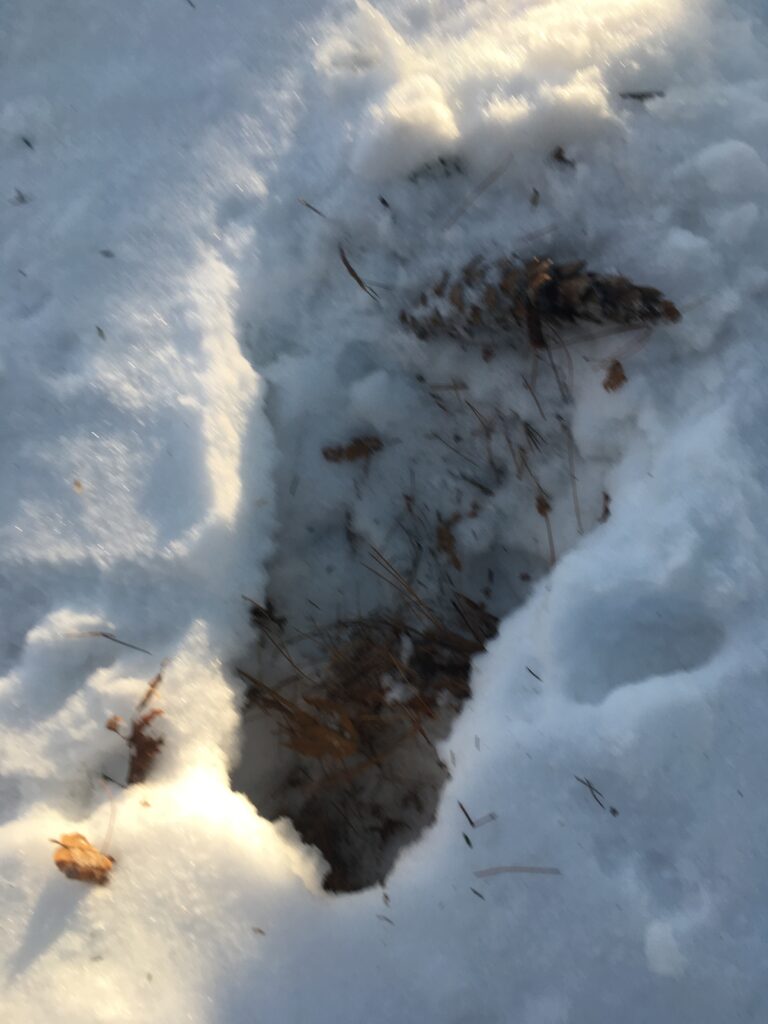
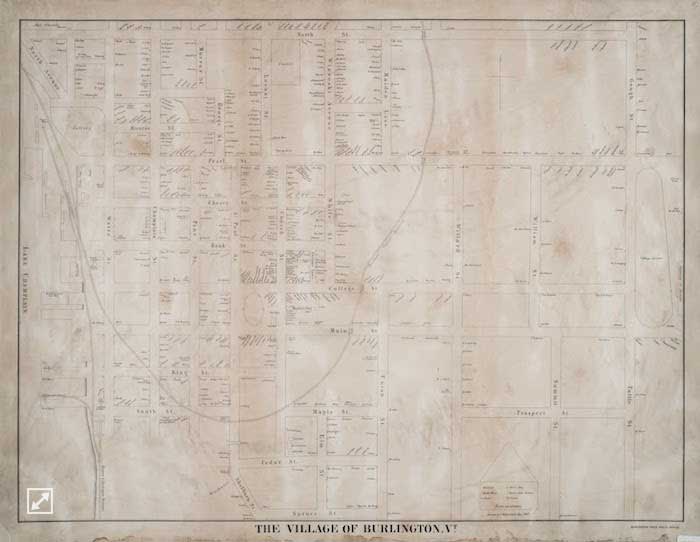
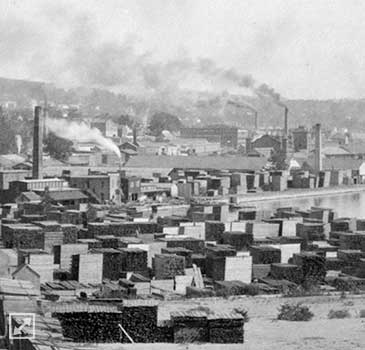
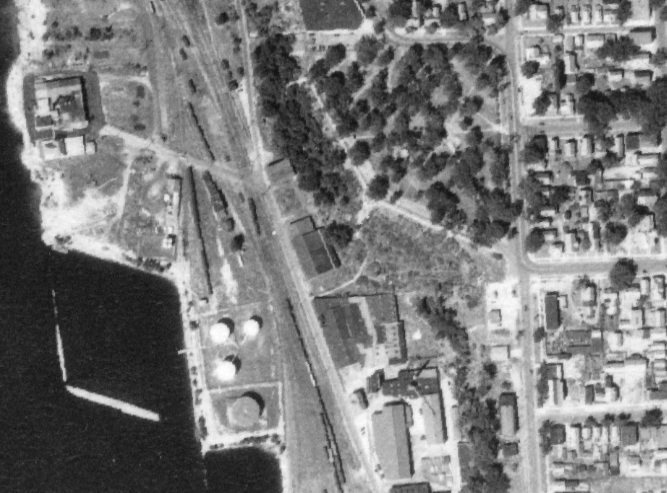
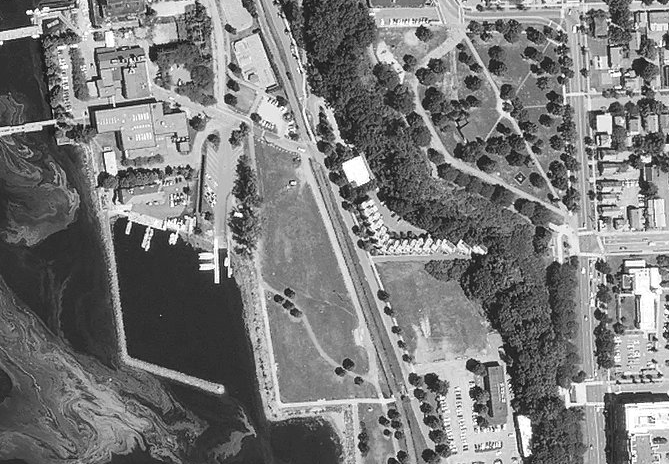
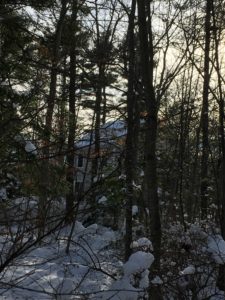
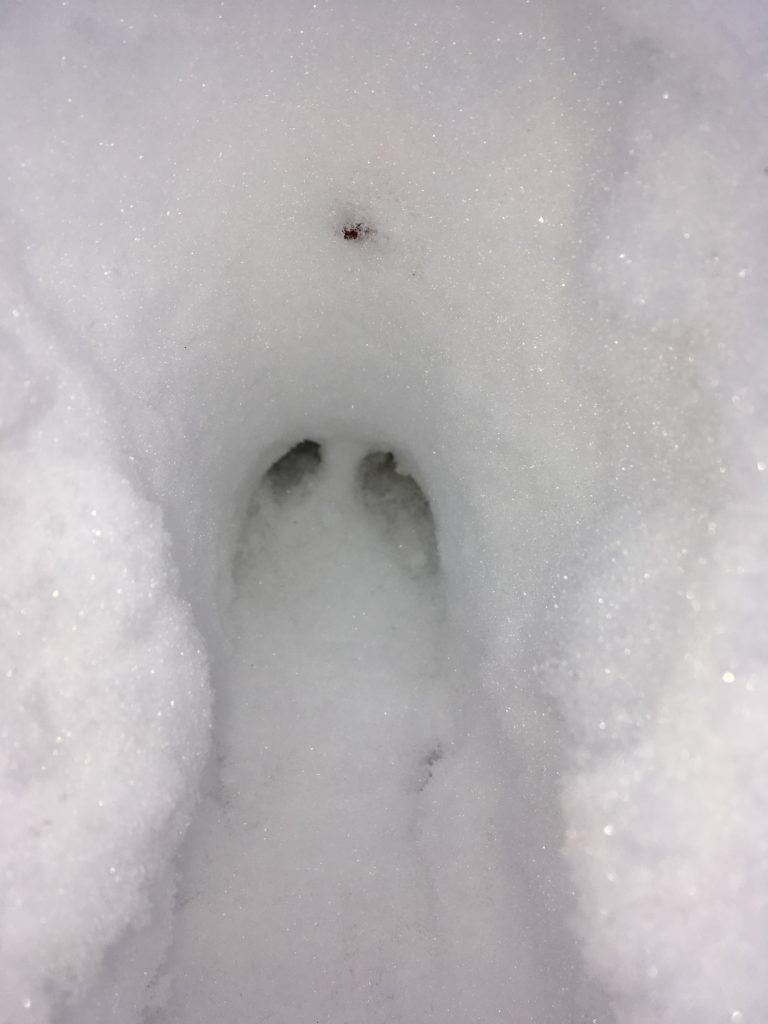

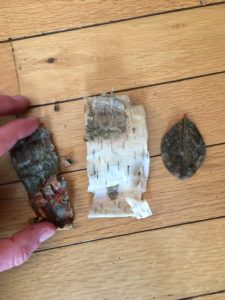
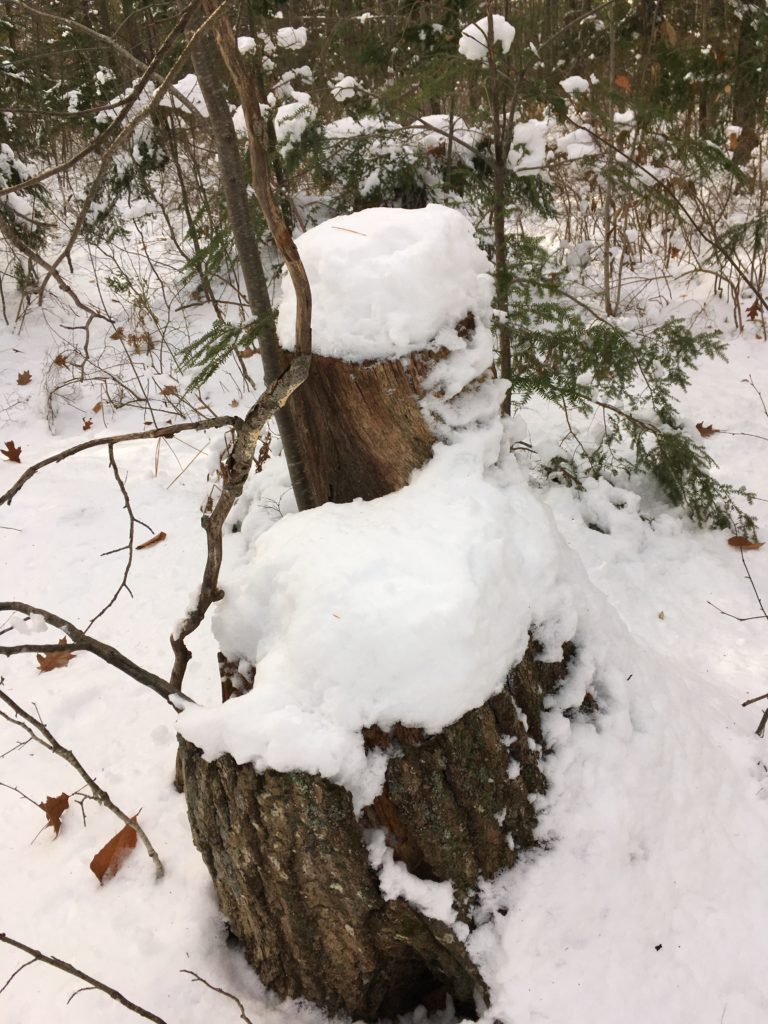
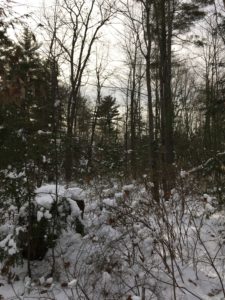
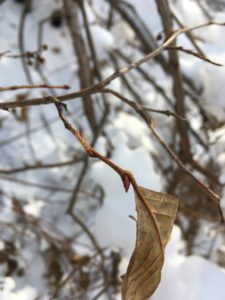
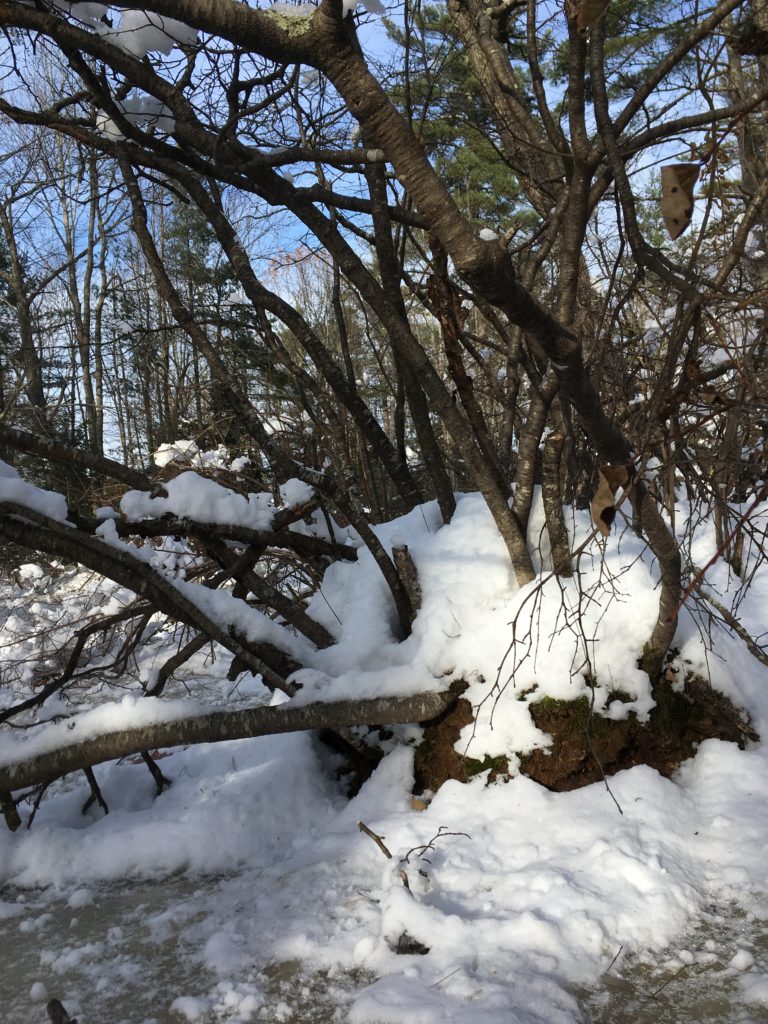
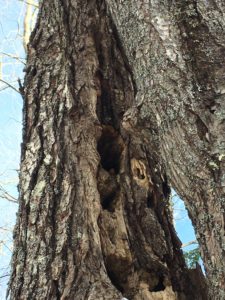

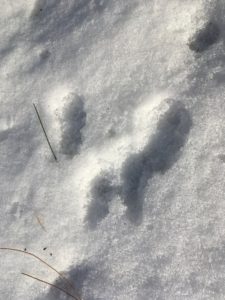
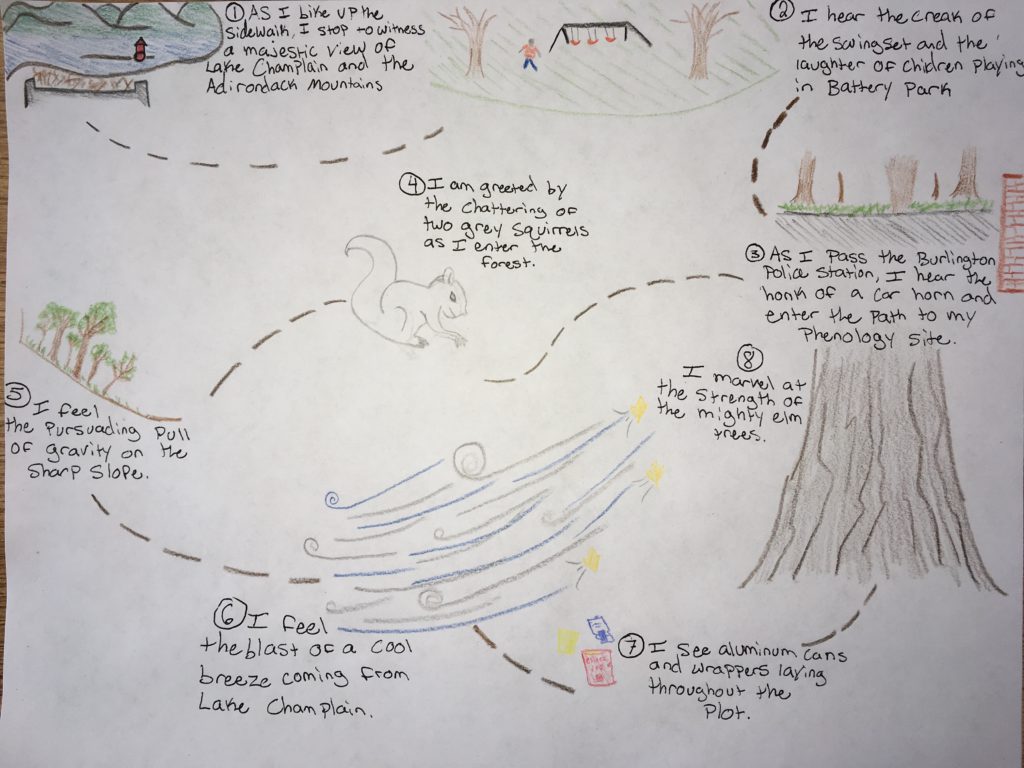
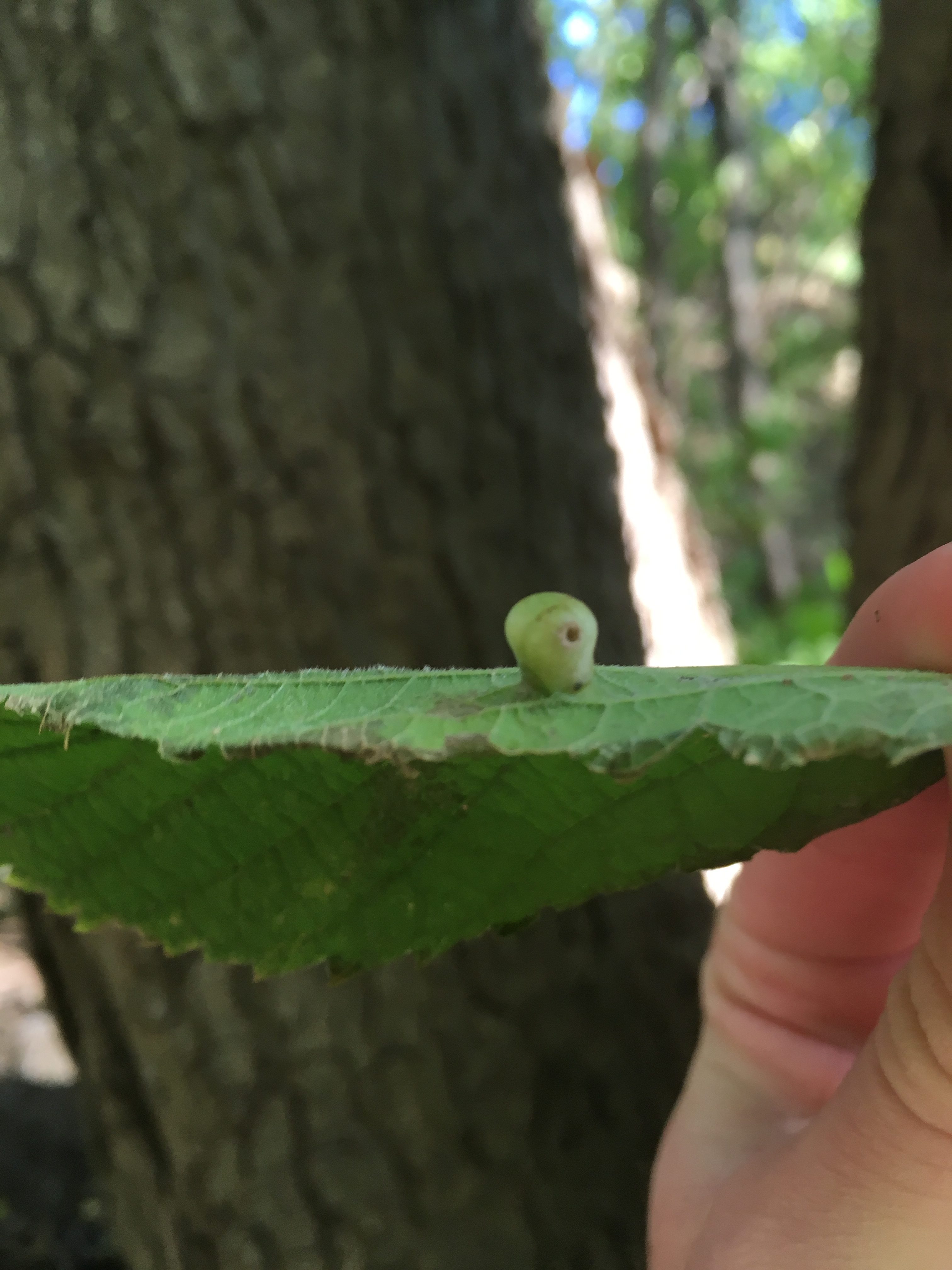

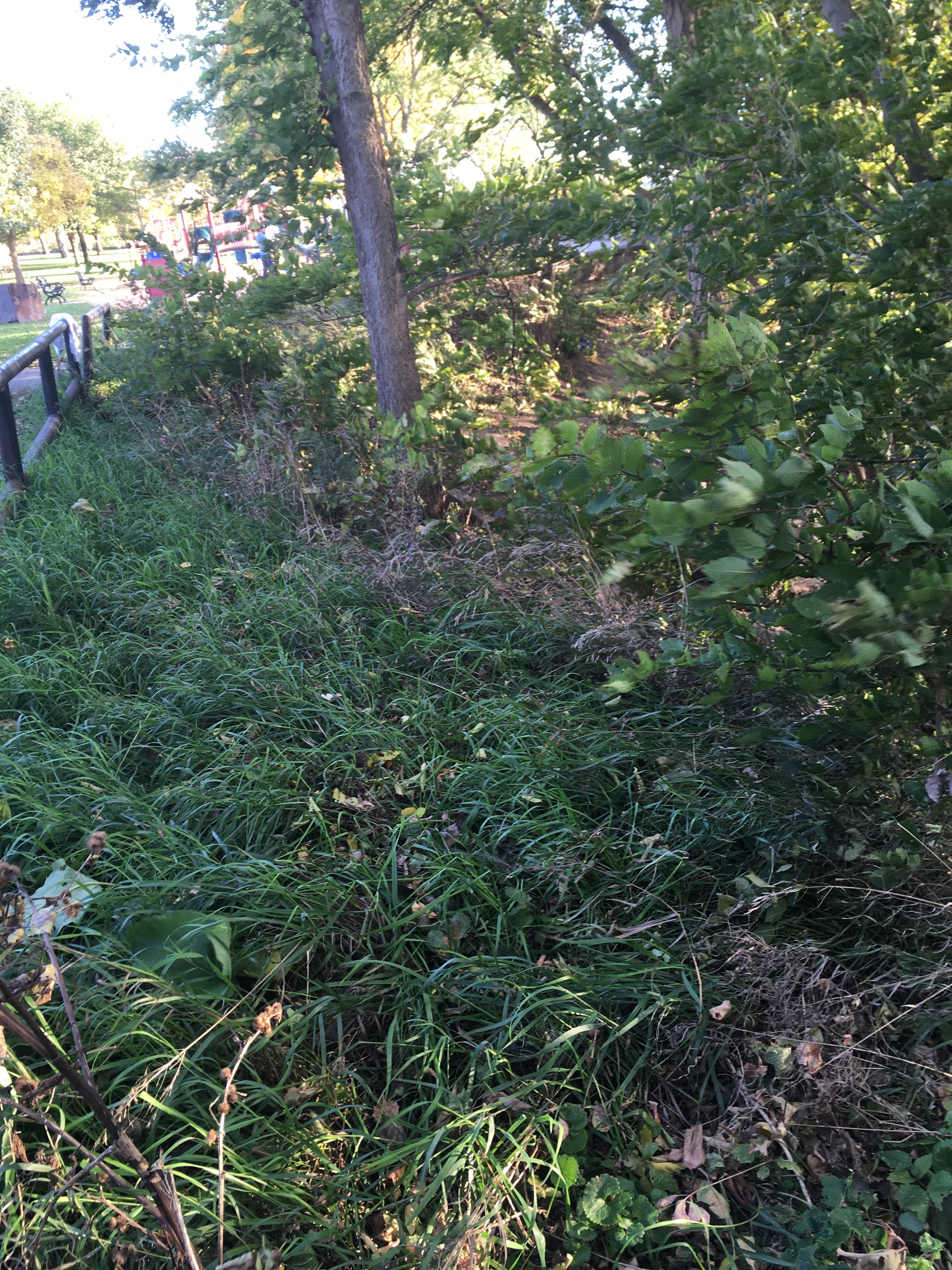
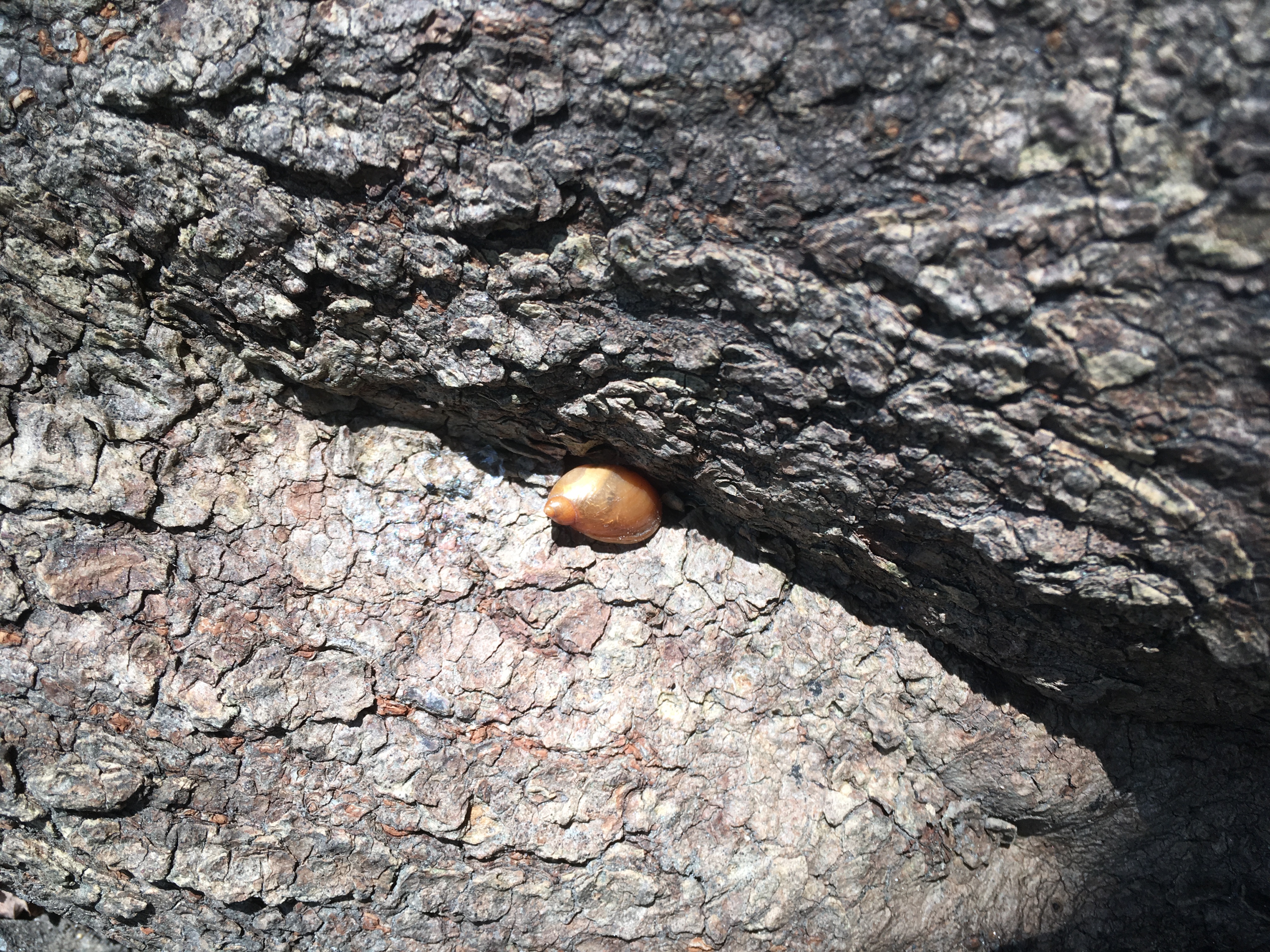 The birds most likely use the large elm as habitat. I noticed one small snail in the relative shelter of the crevasse of a tree.In this same patch of saplings, I noticed many spider webs and spiders themselves. Lastly, I saw prime evidence of a pileated wood pecked. Although it is possible that my site was used by pileated wood peckers as habitat in previous seasons, the evidence is still clear. I counted at least 15 oblong holes in just the three trunks on one tree. There were about 8 other holes in a total of 2 other trees.
The birds most likely use the large elm as habitat. I noticed one small snail in the relative shelter of the crevasse of a tree.In this same patch of saplings, I noticed many spider webs and spiders themselves. Lastly, I saw prime evidence of a pileated wood pecked. Although it is possible that my site was used by pileated wood peckers as habitat in previous seasons, the evidence is still clear. I counted at least 15 oblong holes in just the three trunks on one tree. There were about 8 other holes in a total of 2 other trees.  These holes were left from where the woodpeckers used their strong beaks to bore holes into the tree where they proceeded to use their sticky tongue to slurp up the grubs and insects inside of the tree.
These holes were left from where the woodpeckers used their strong beaks to bore holes into the tree where they proceeded to use their sticky tongue to slurp up the grubs and insects inside of the tree.



